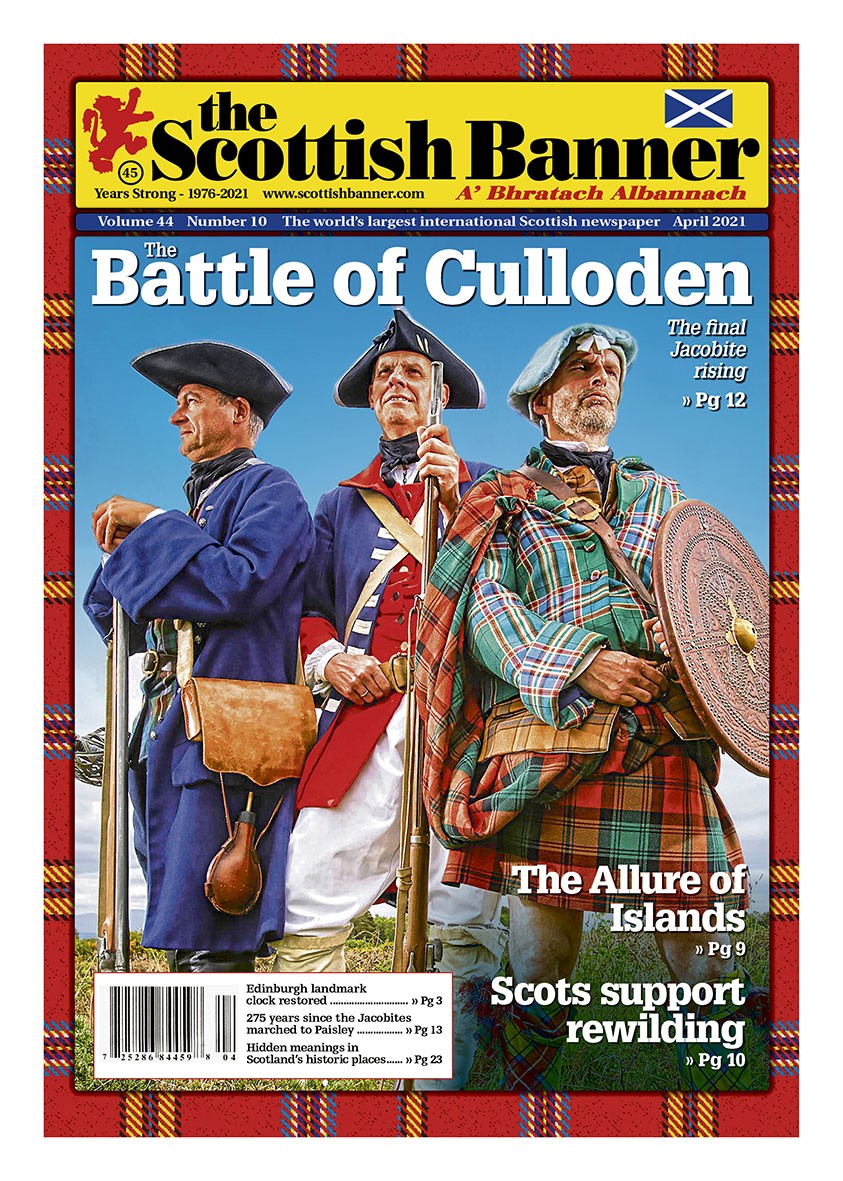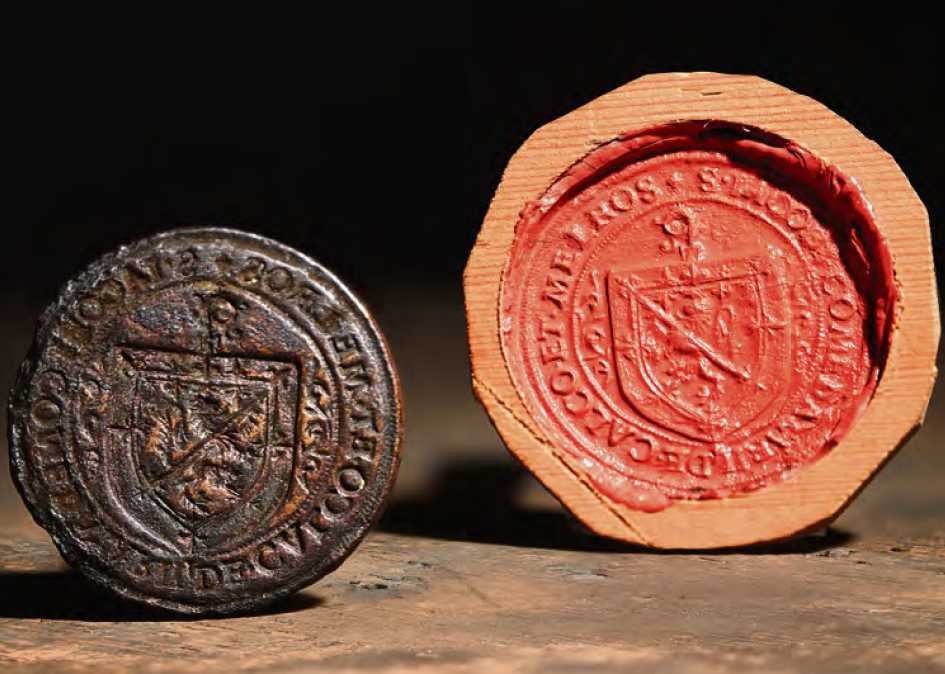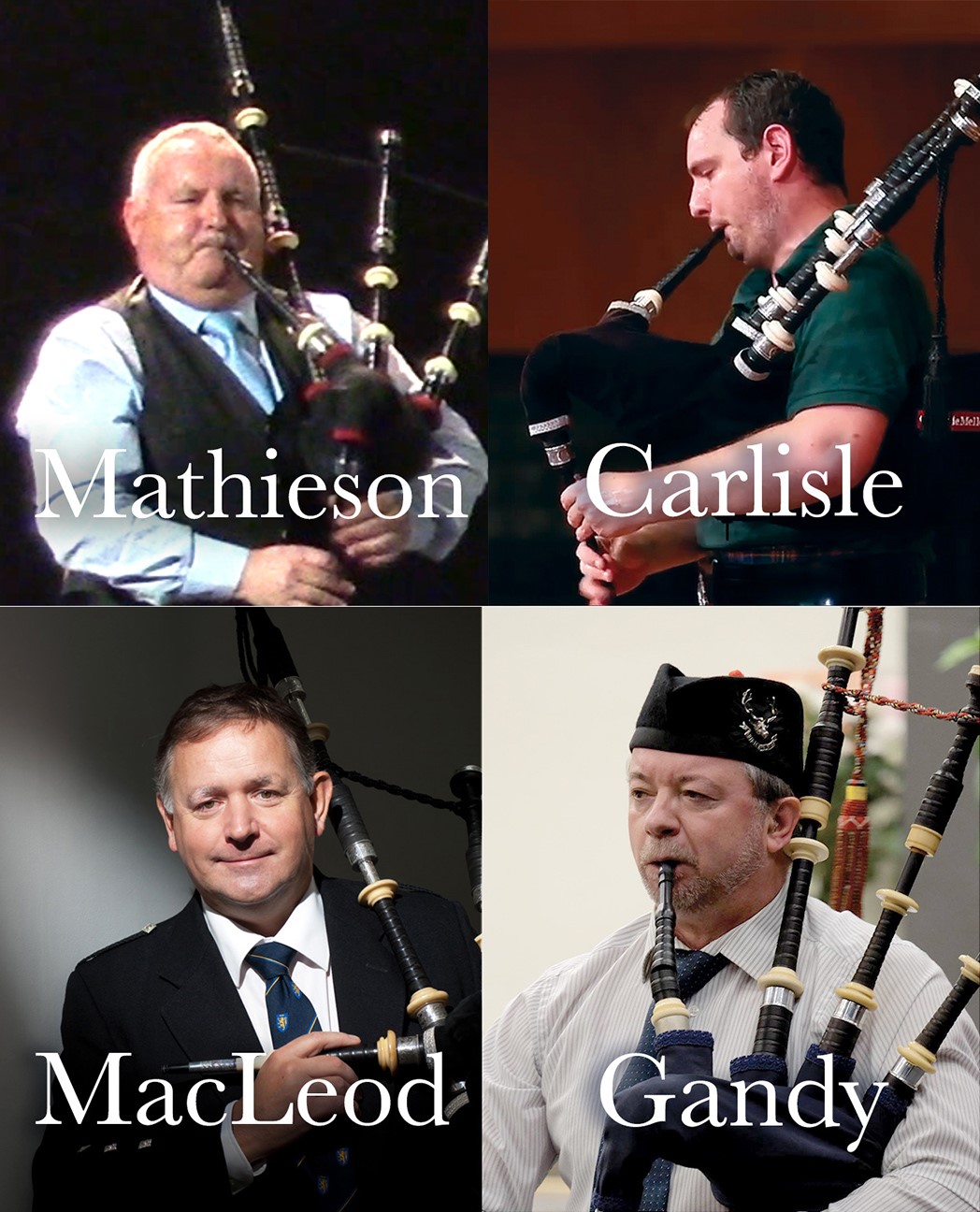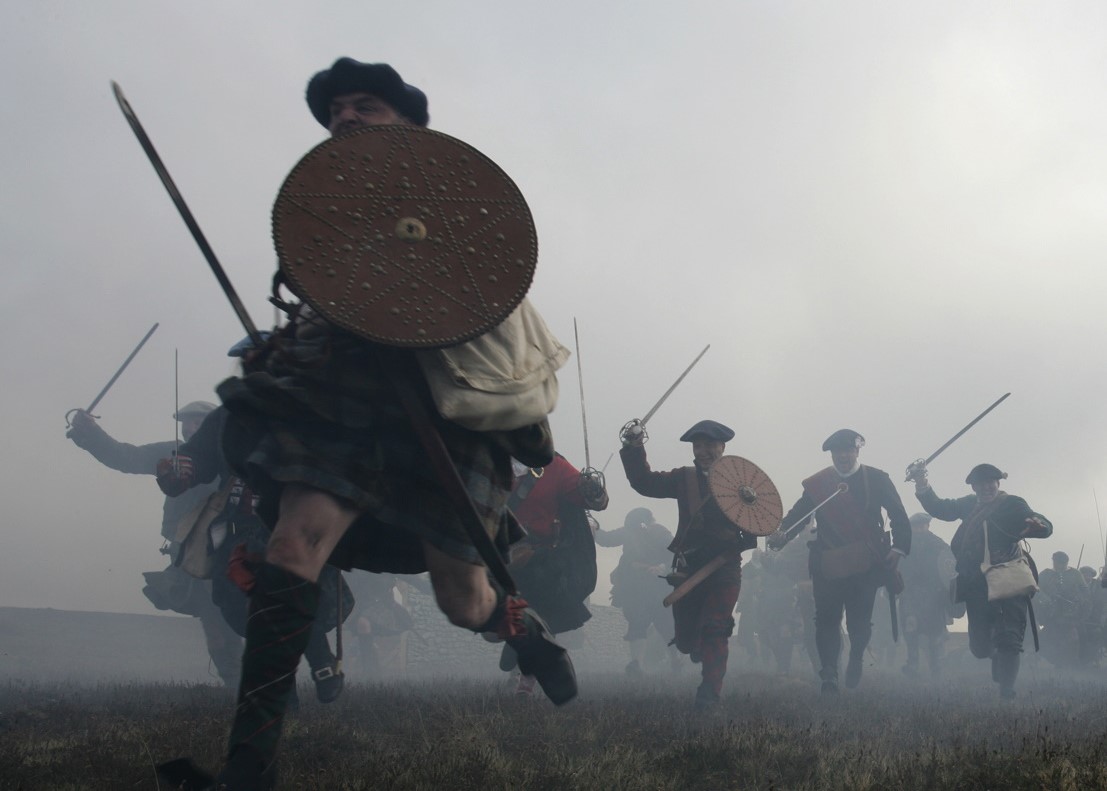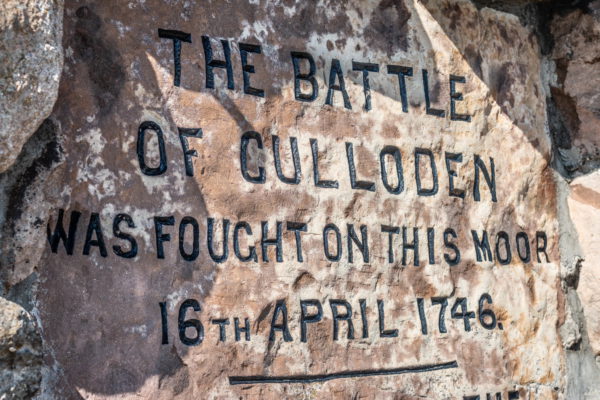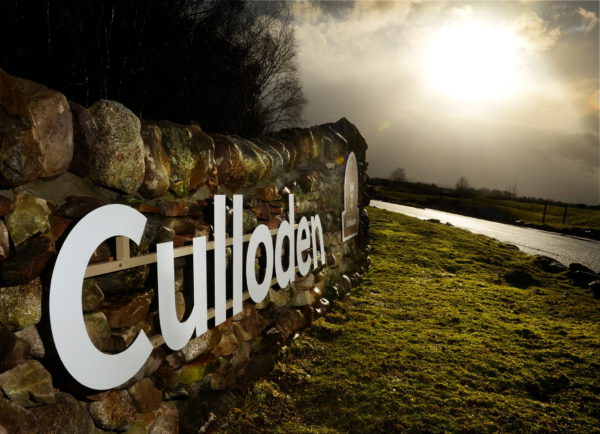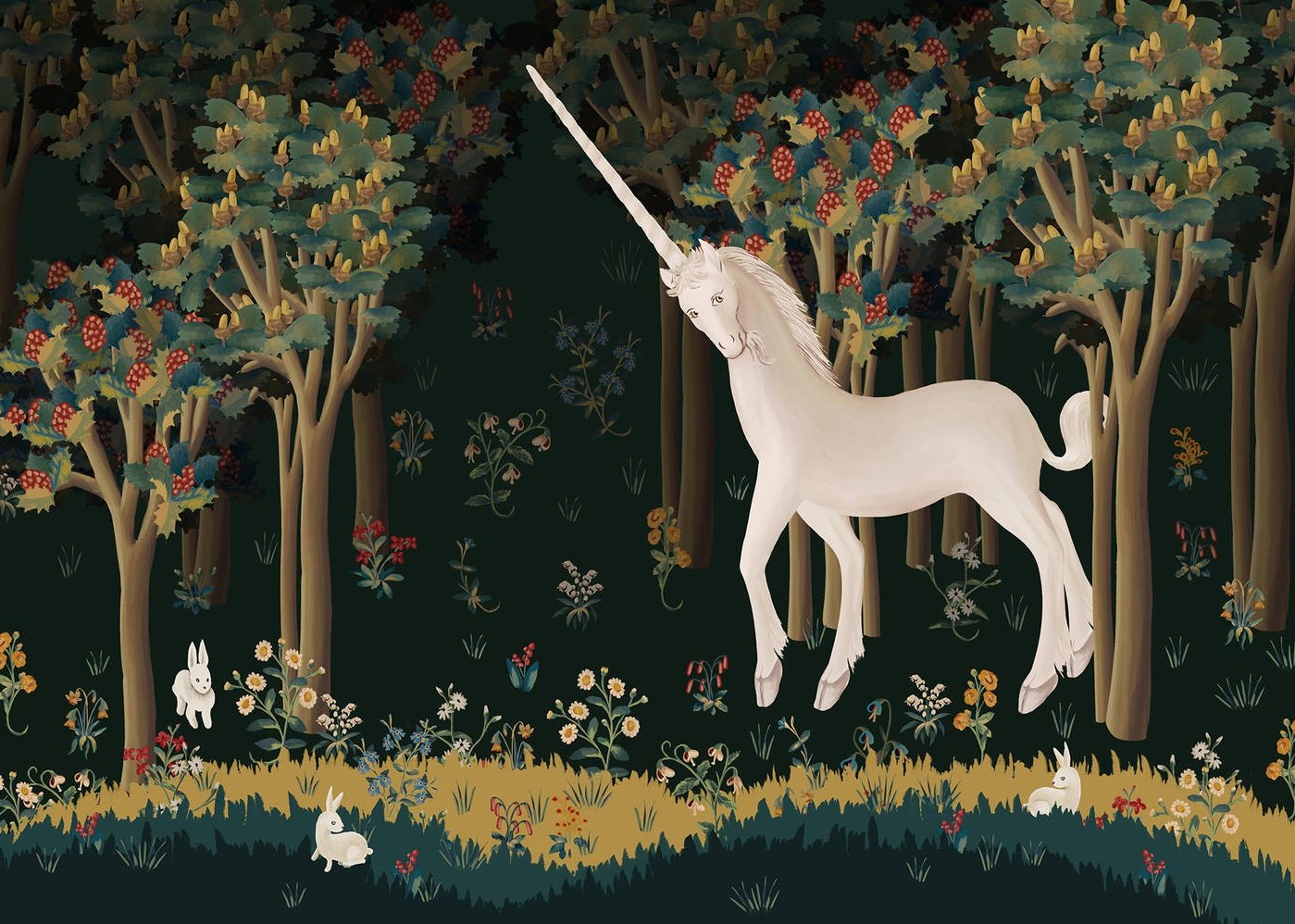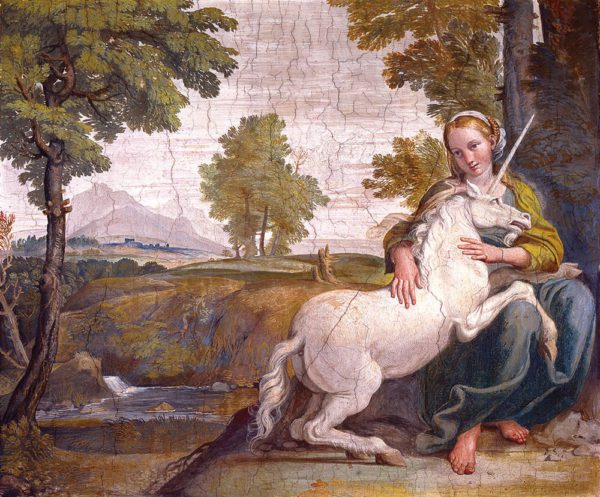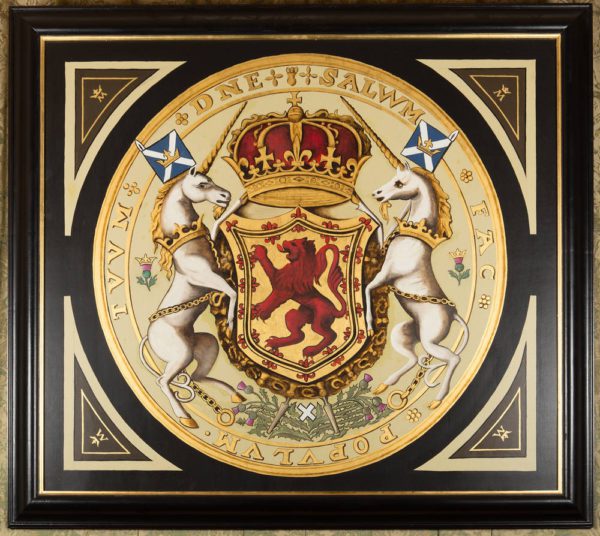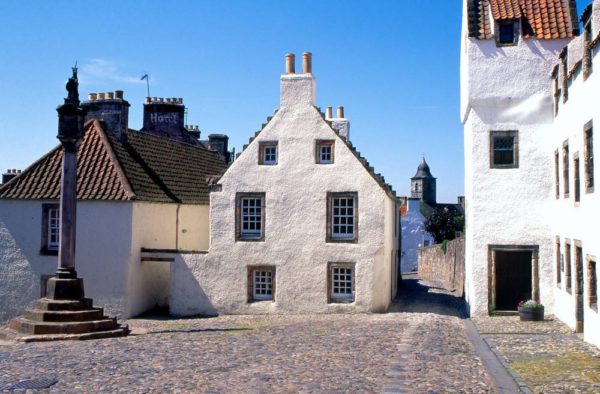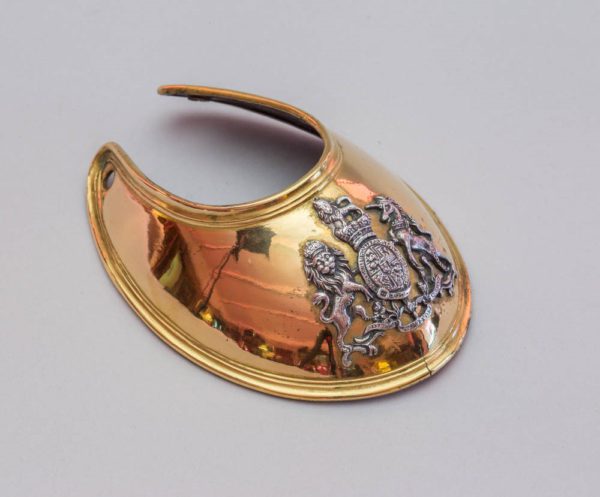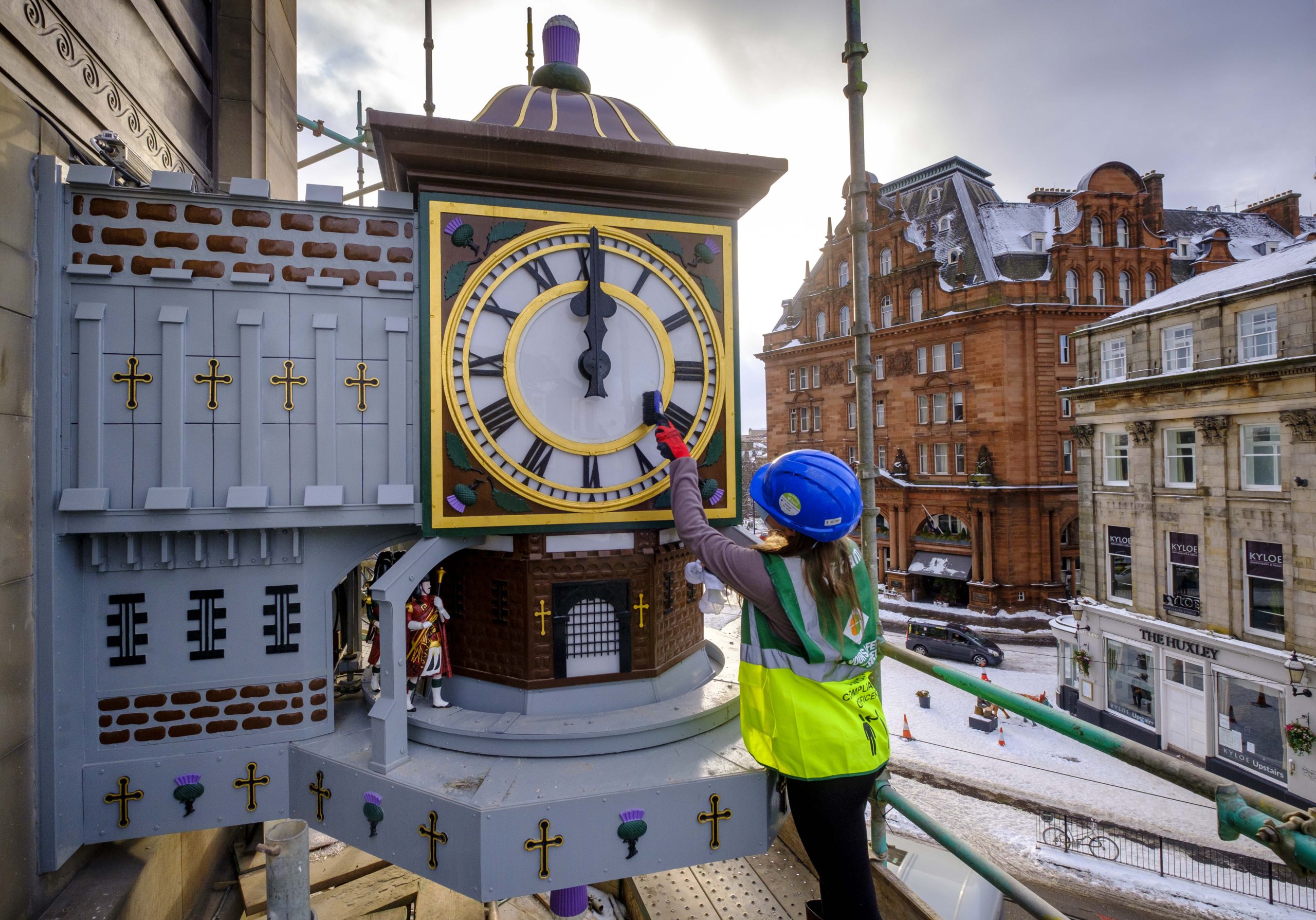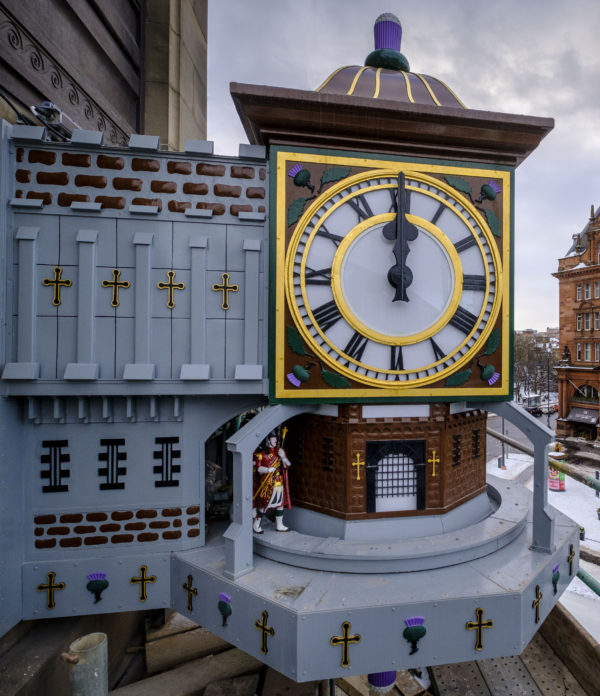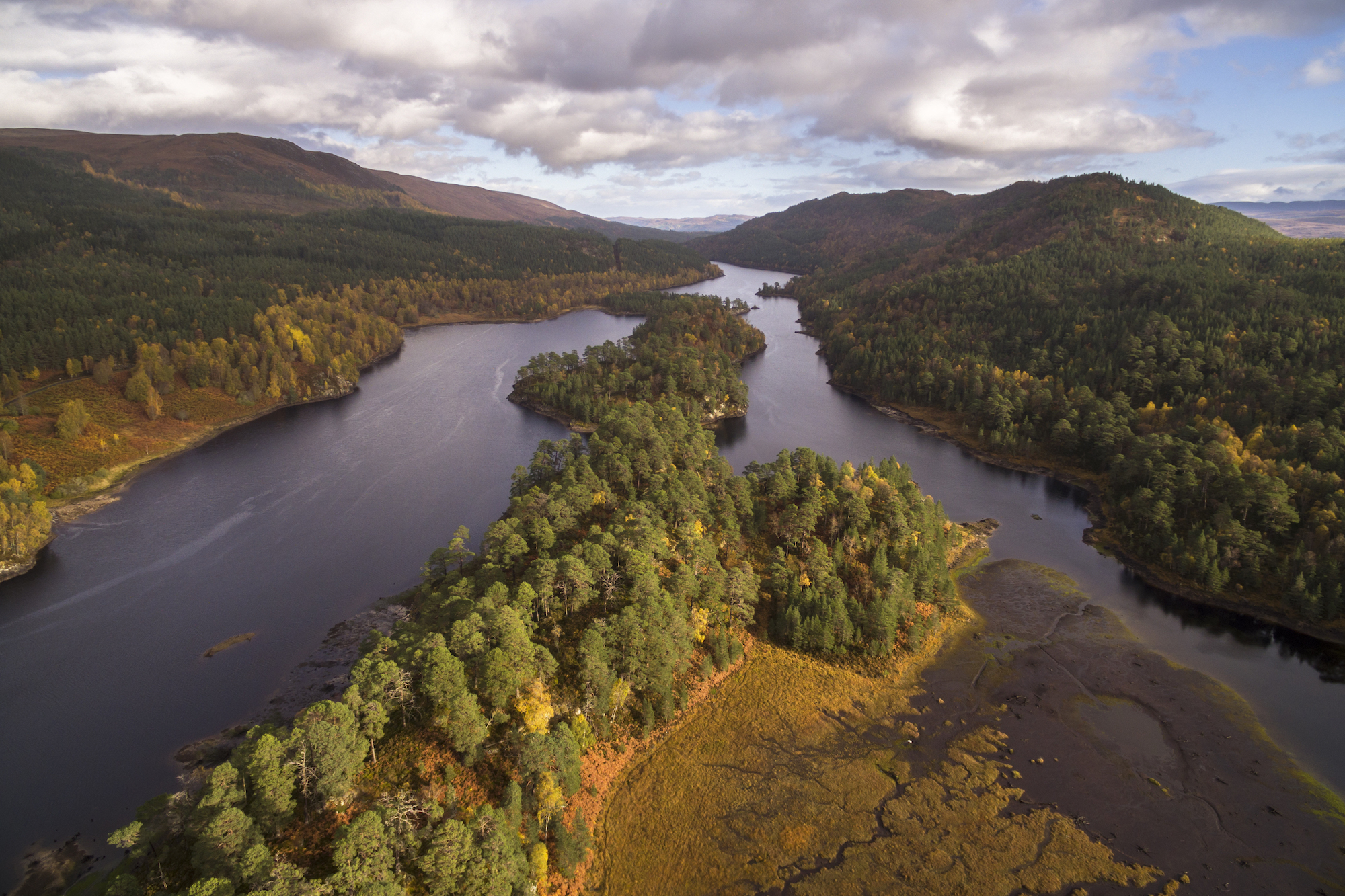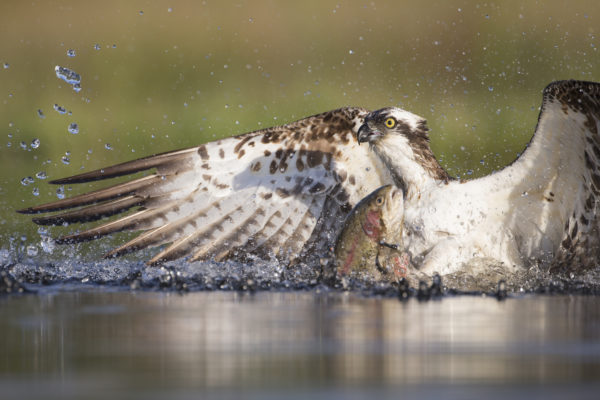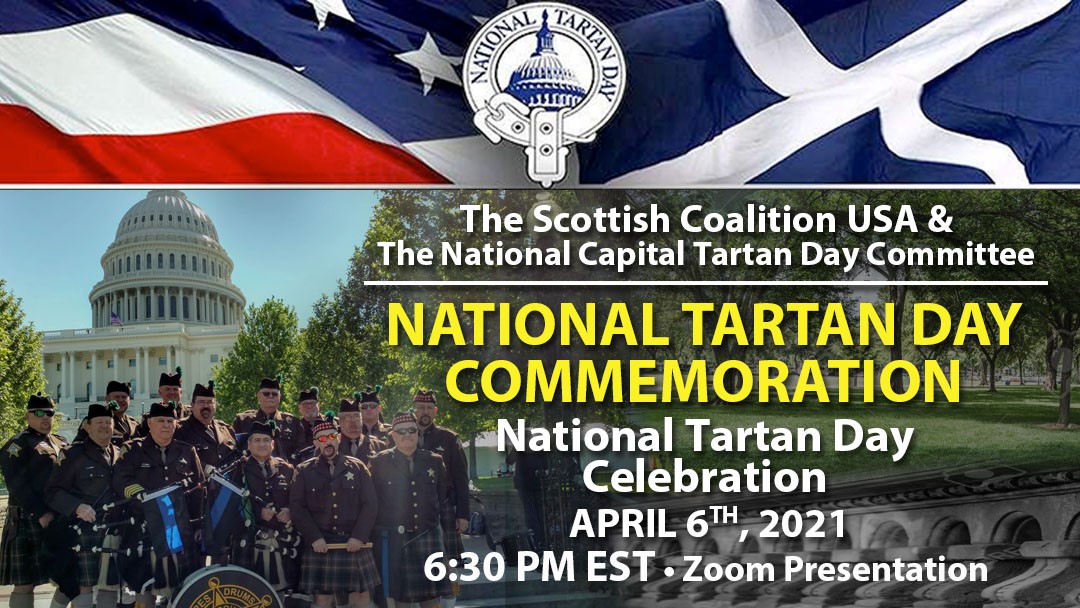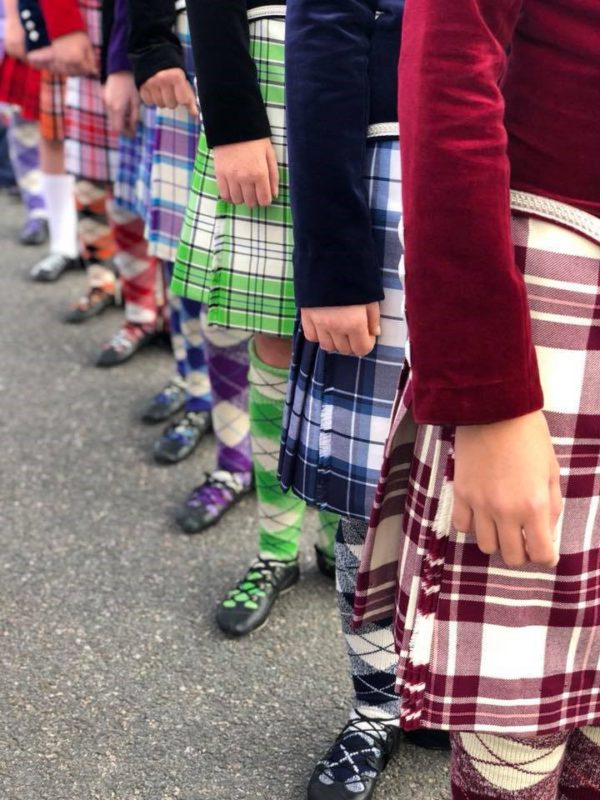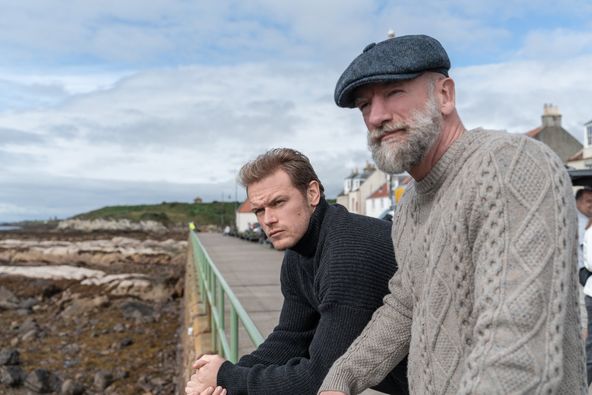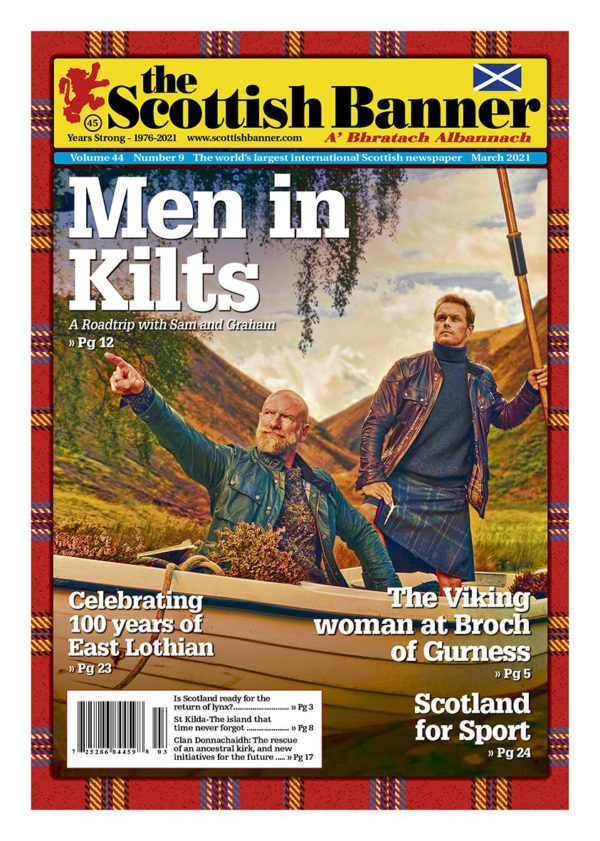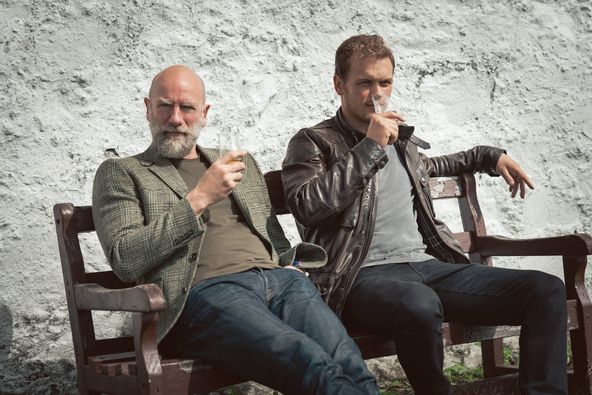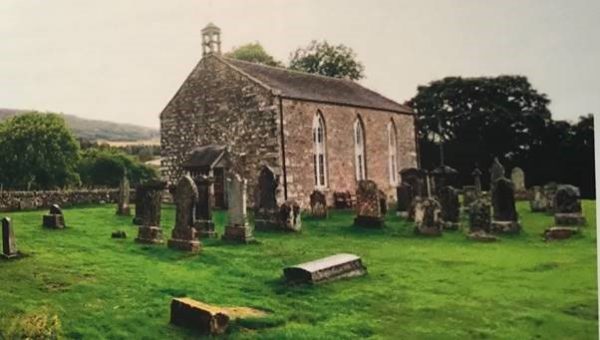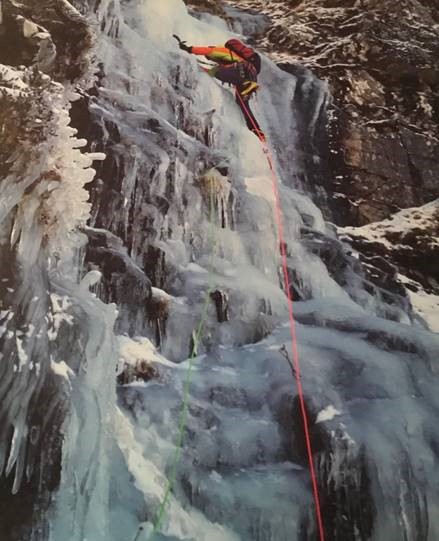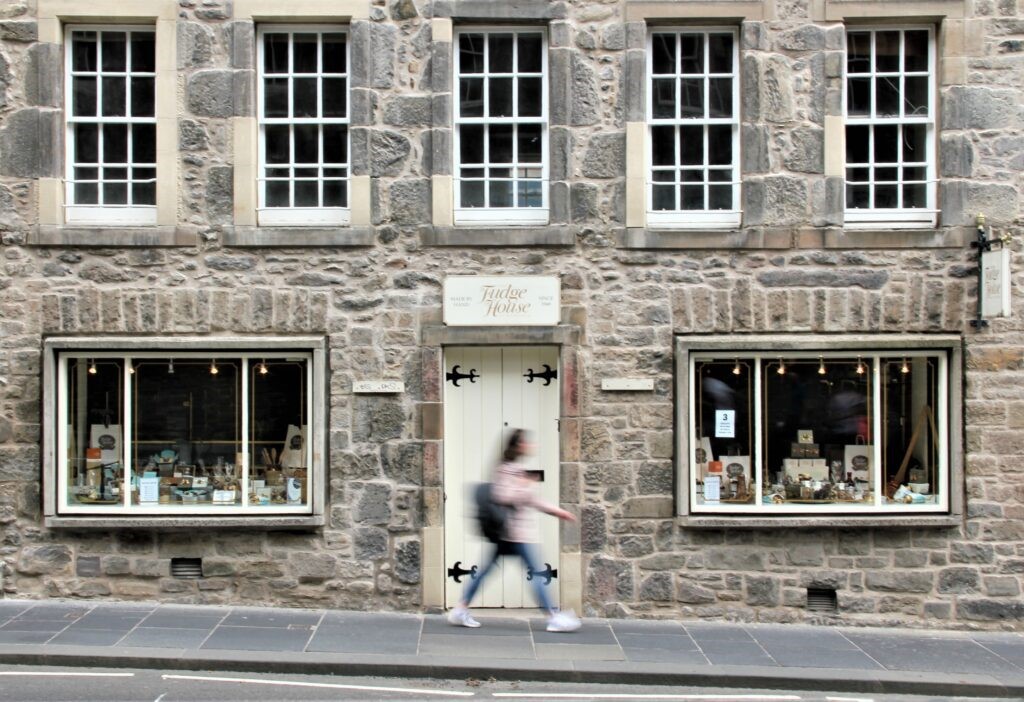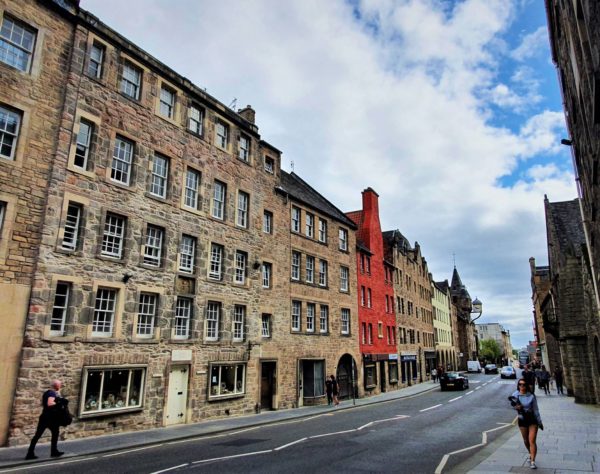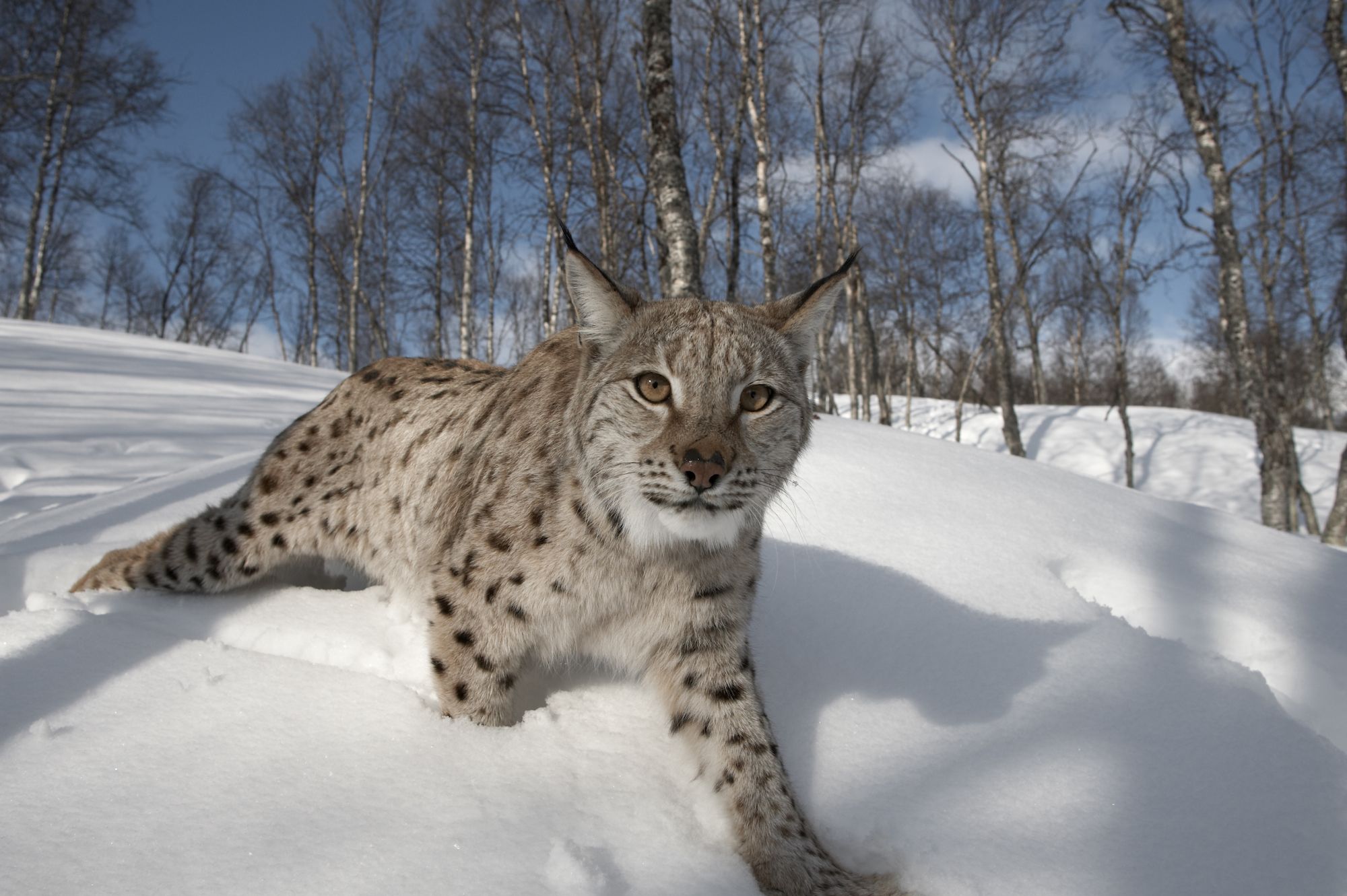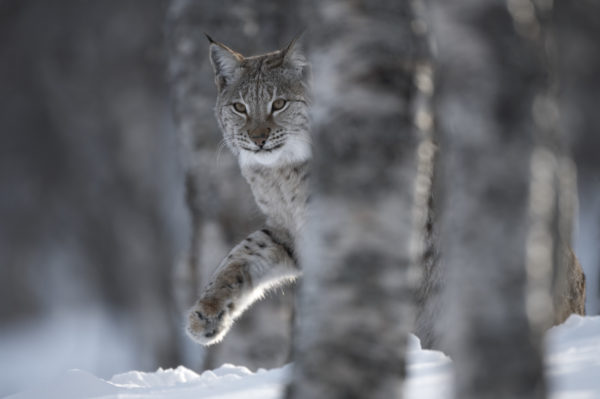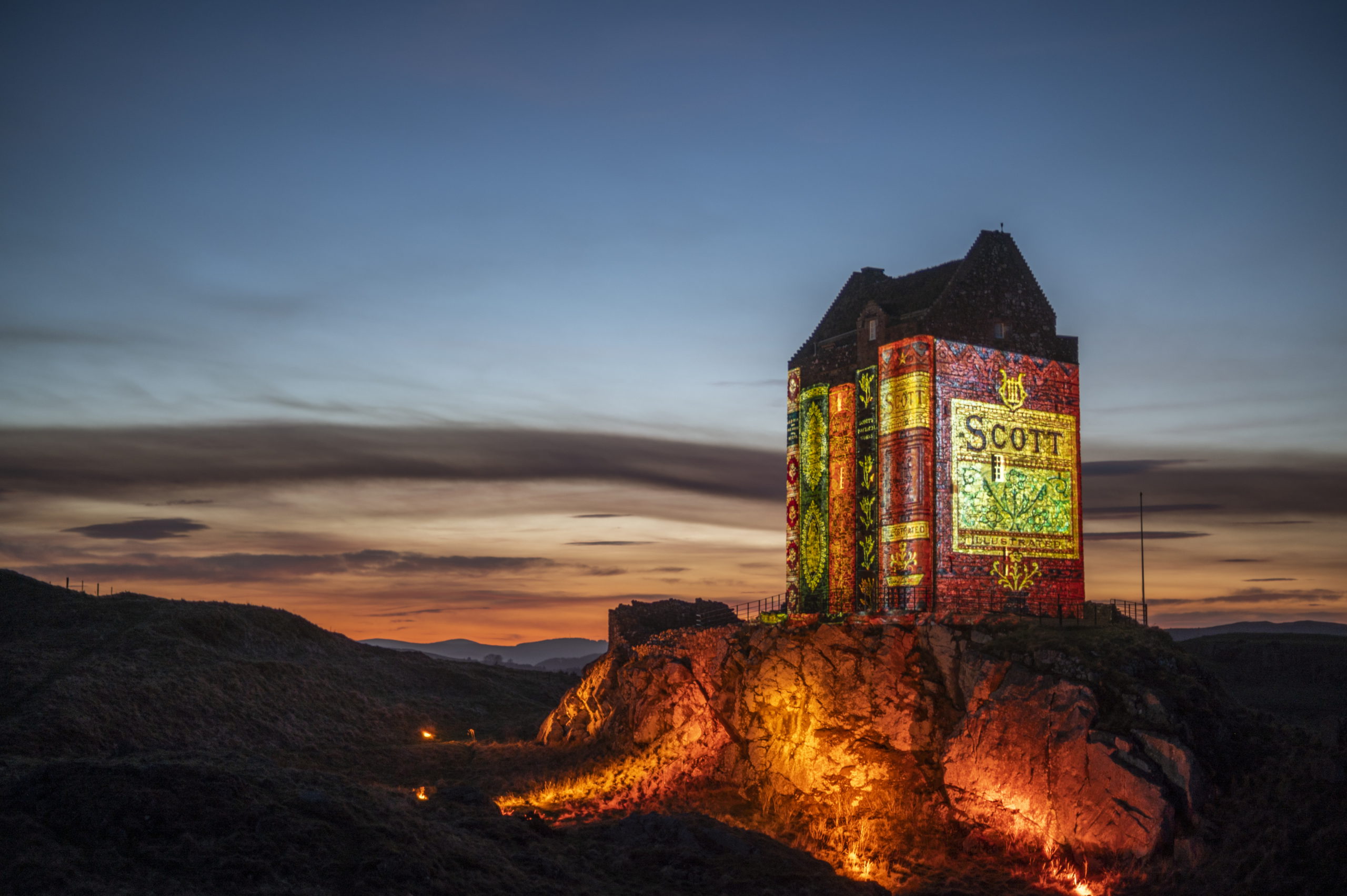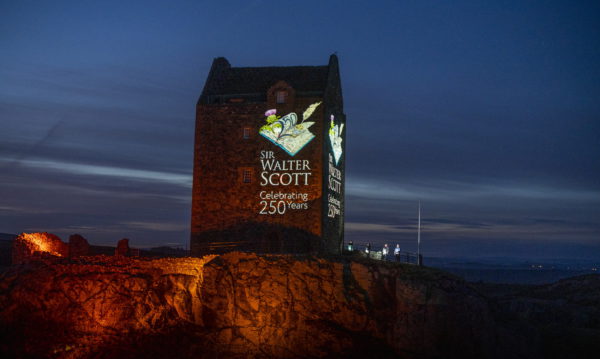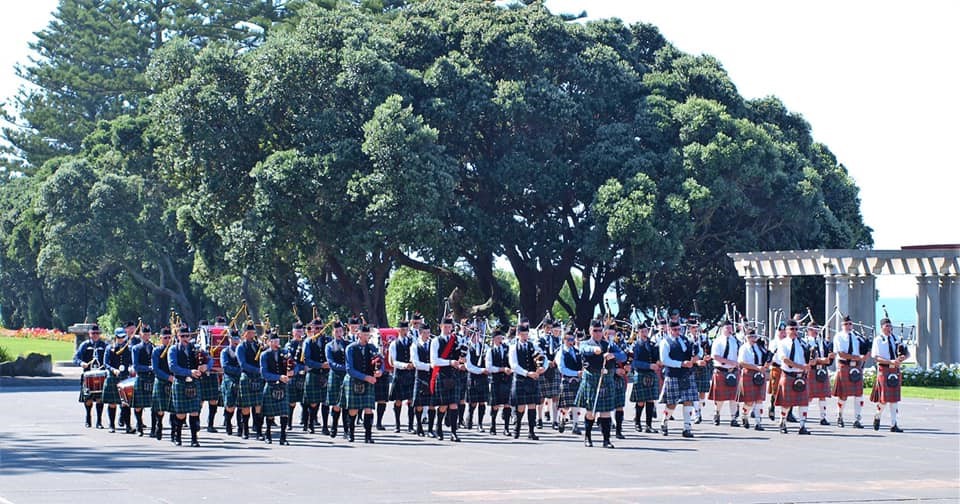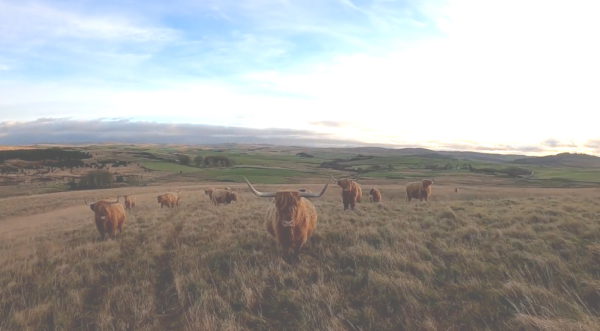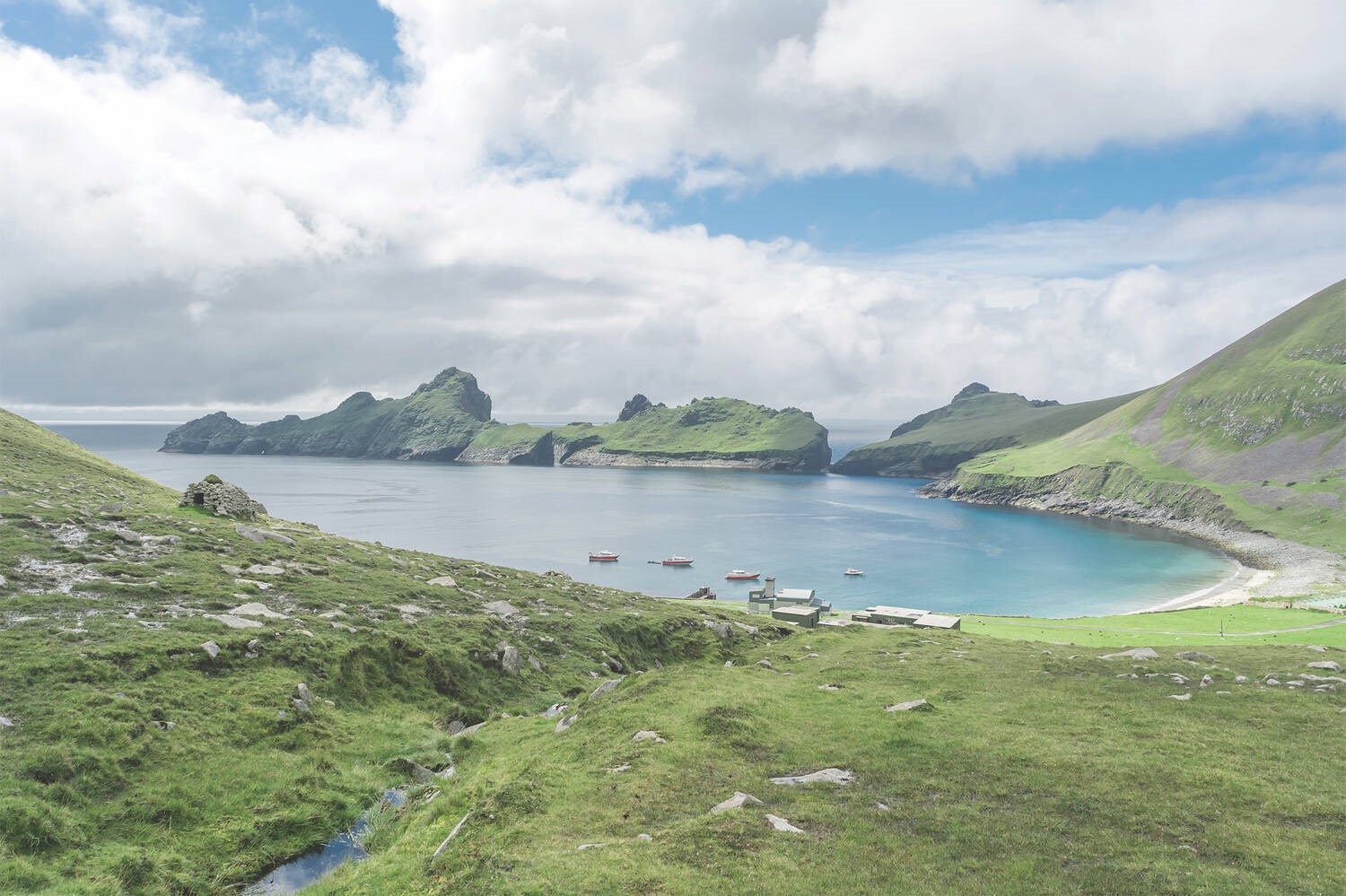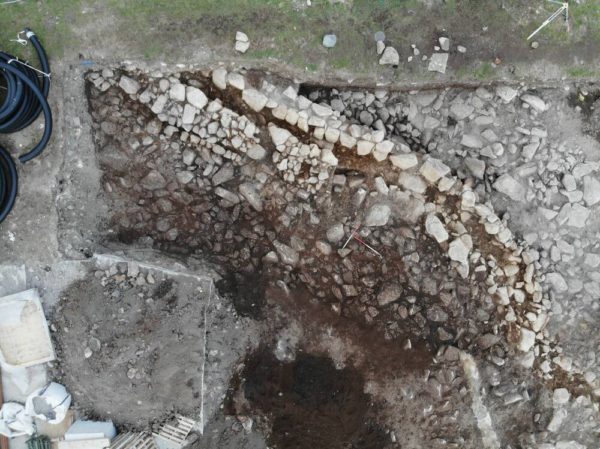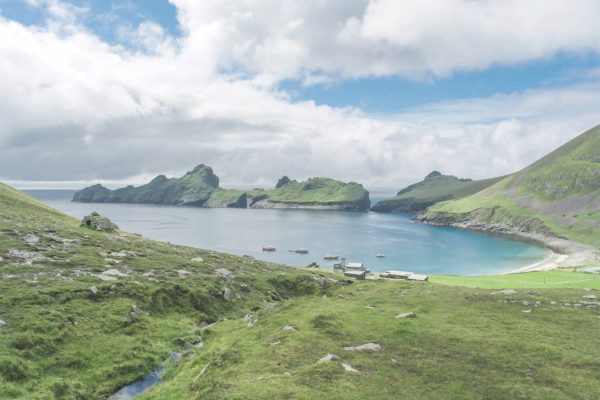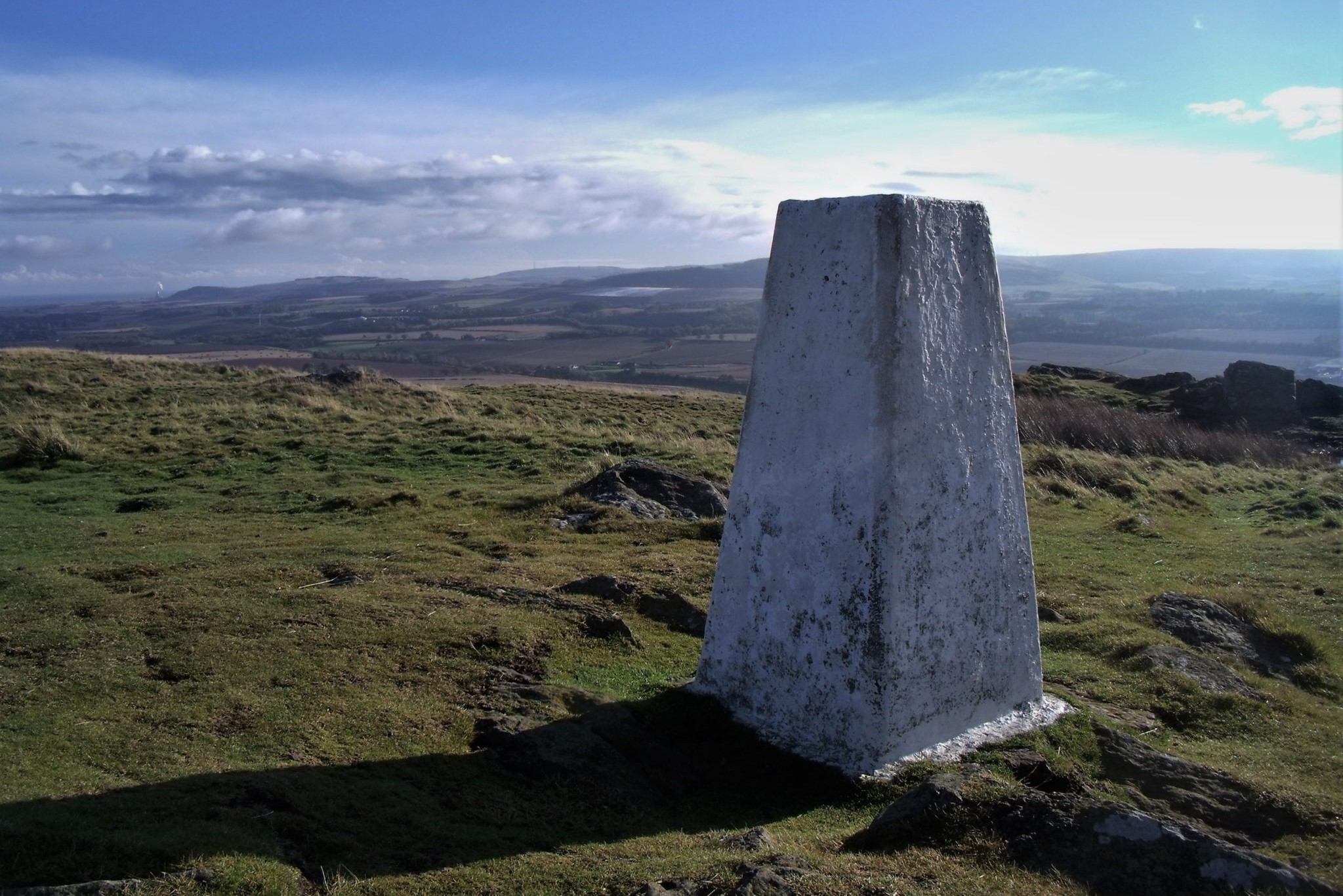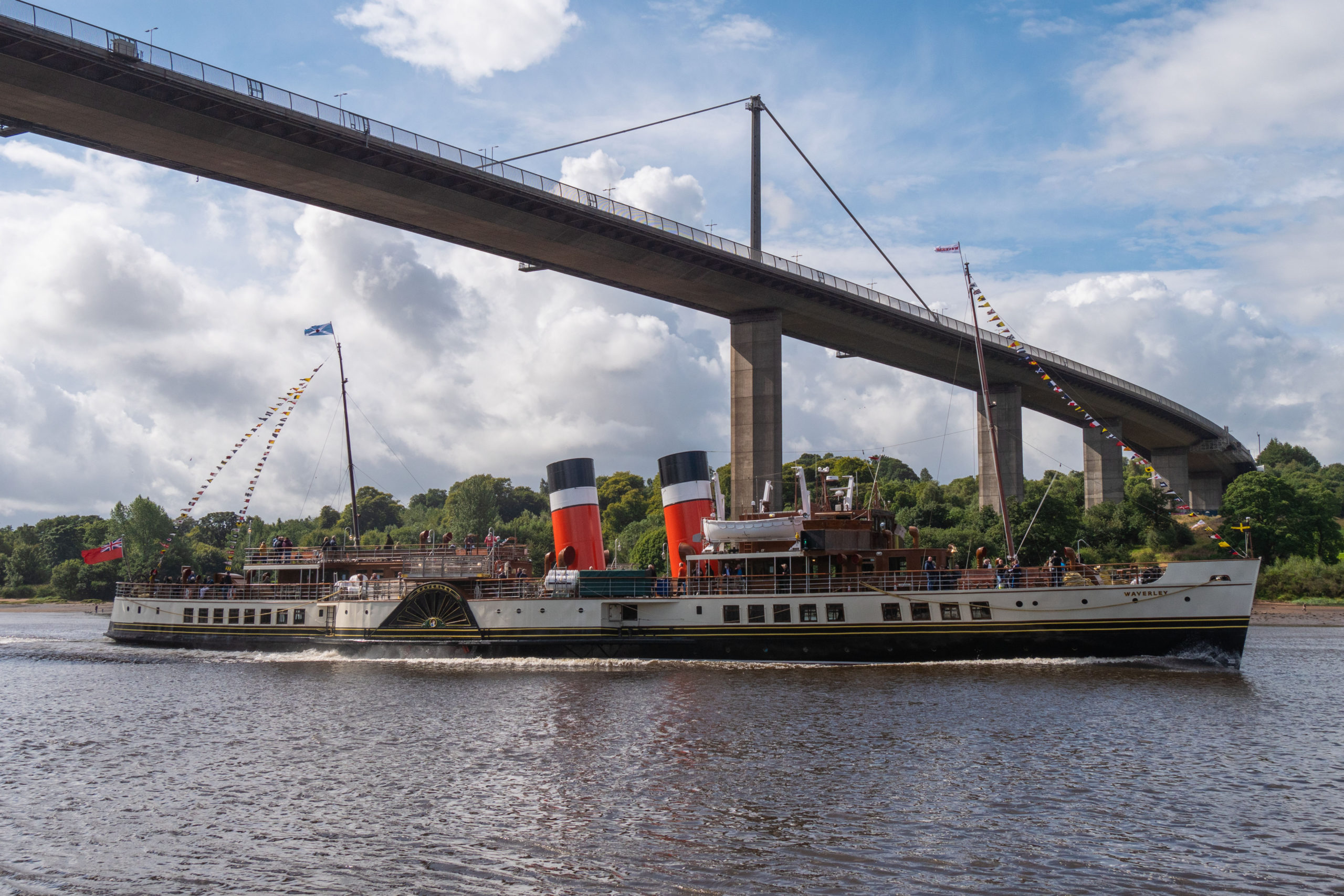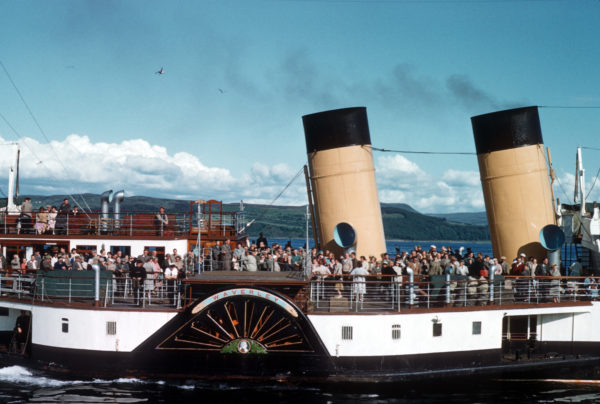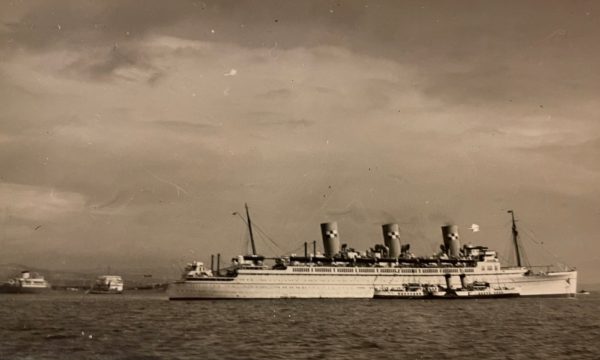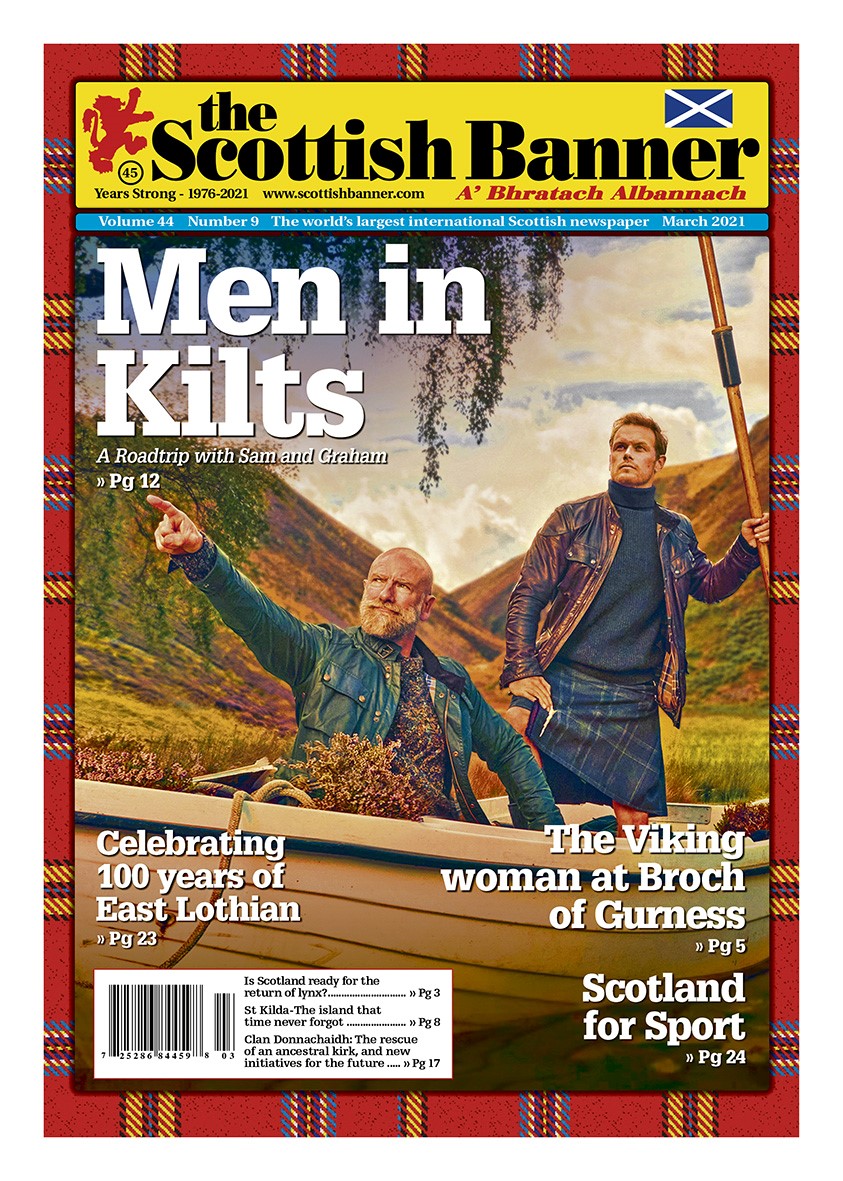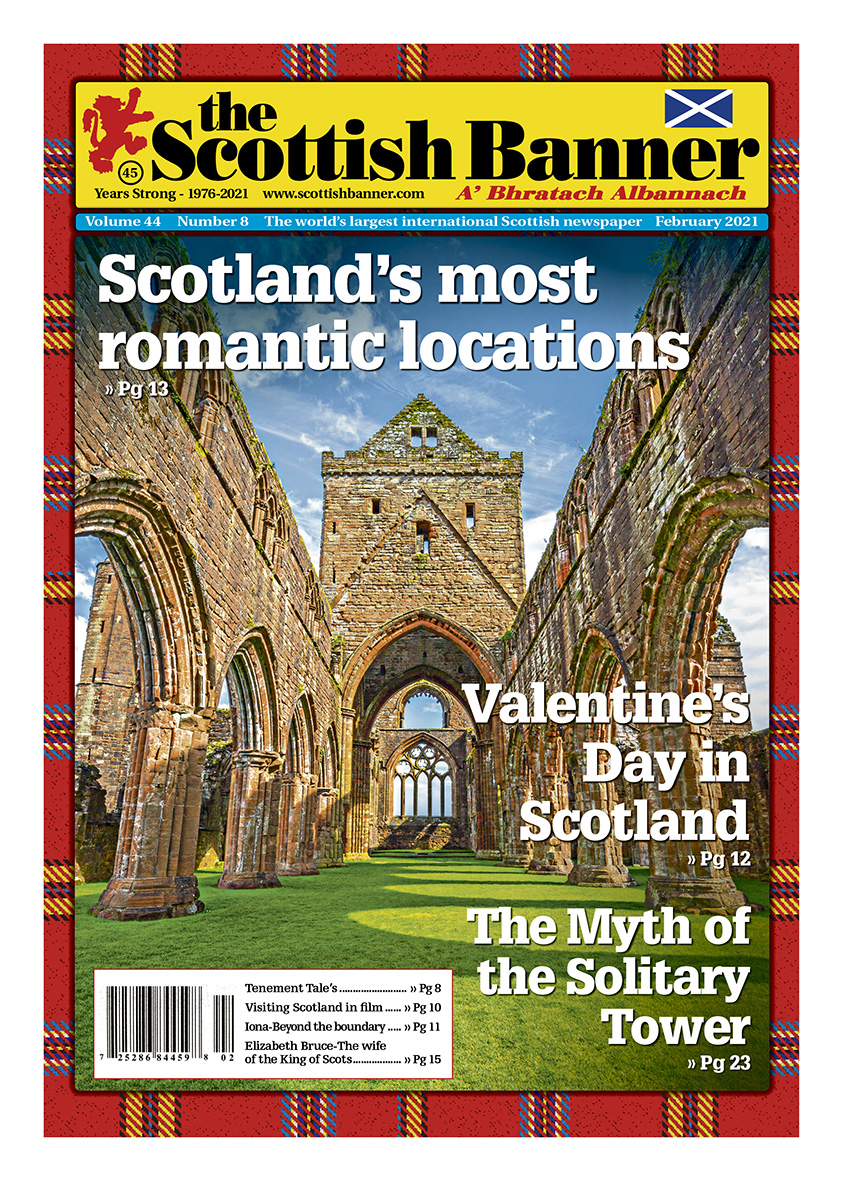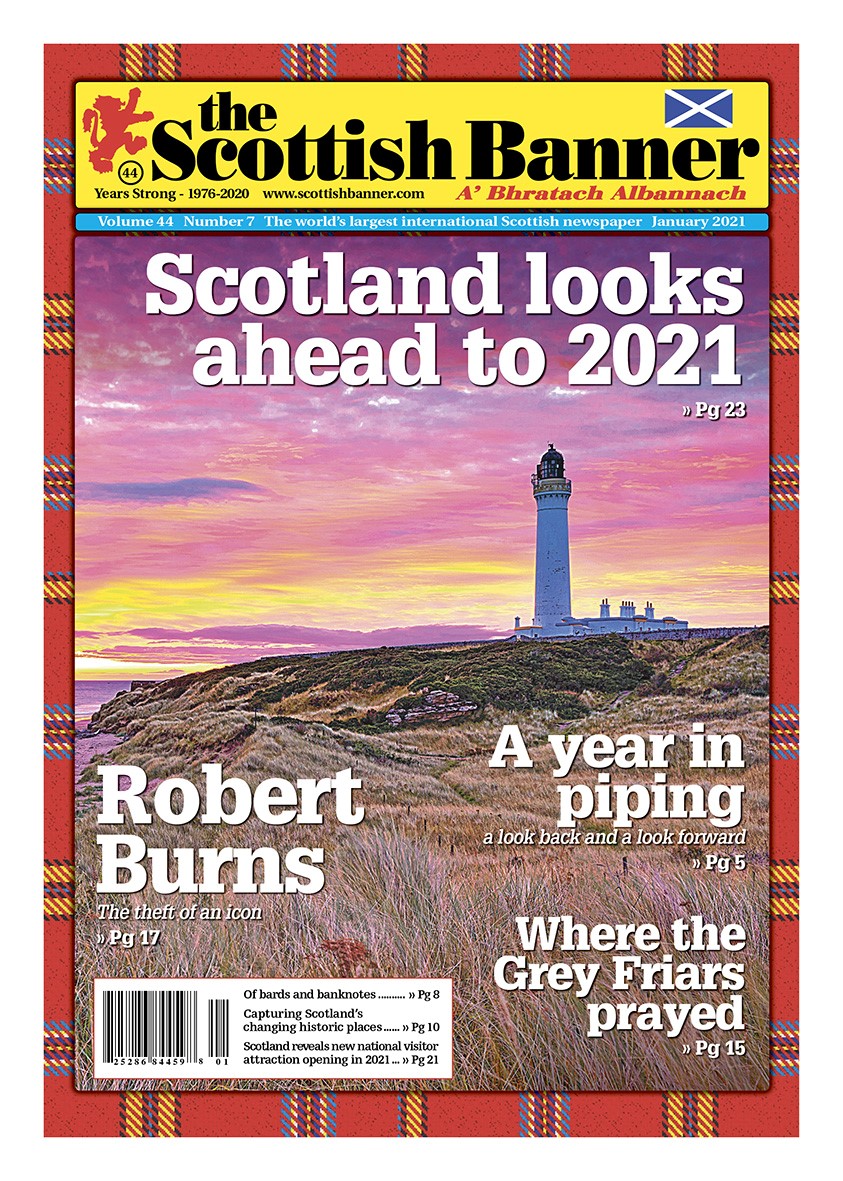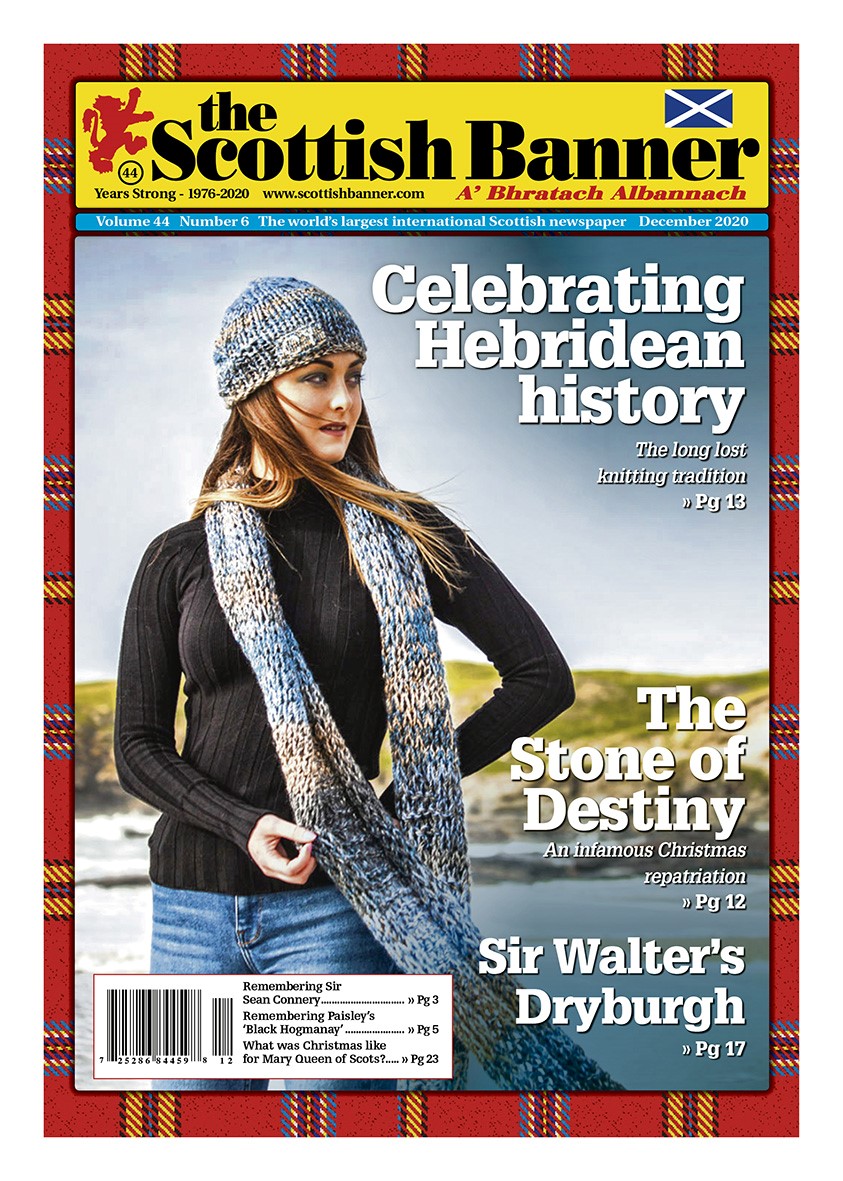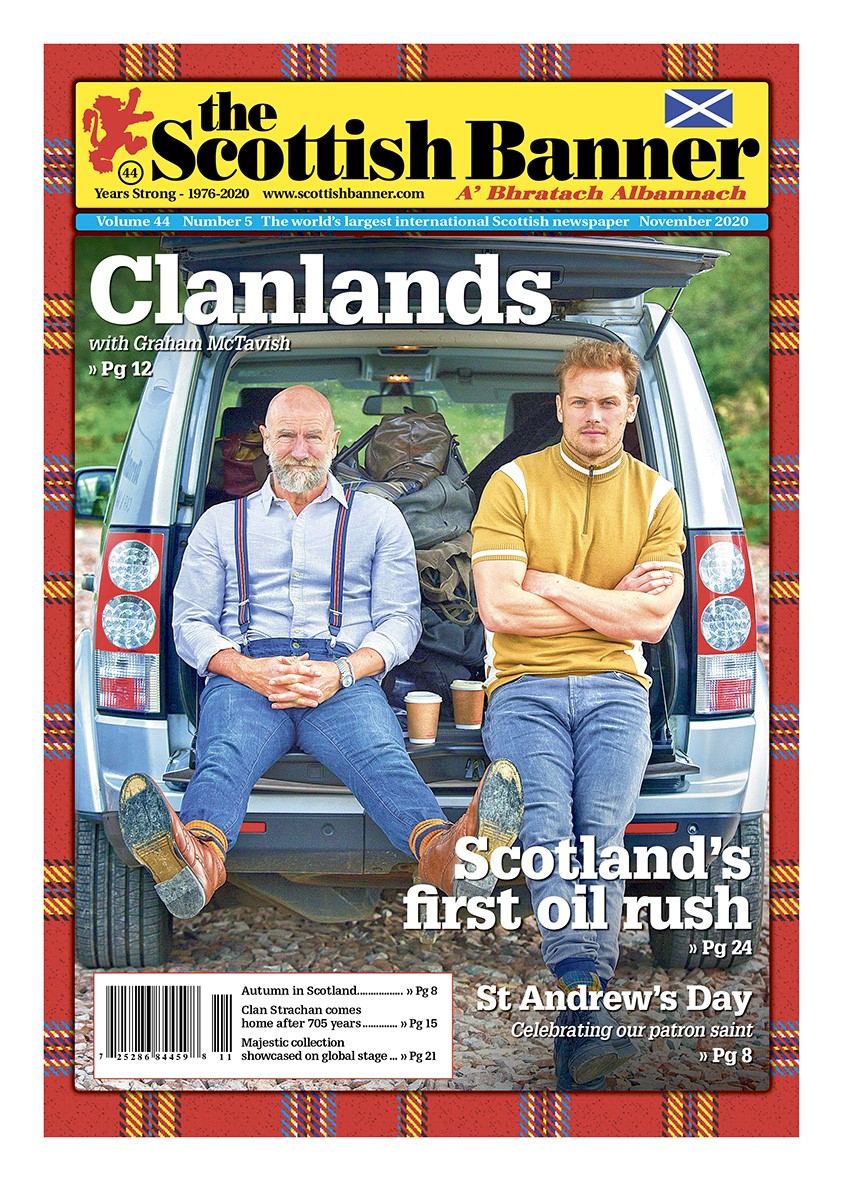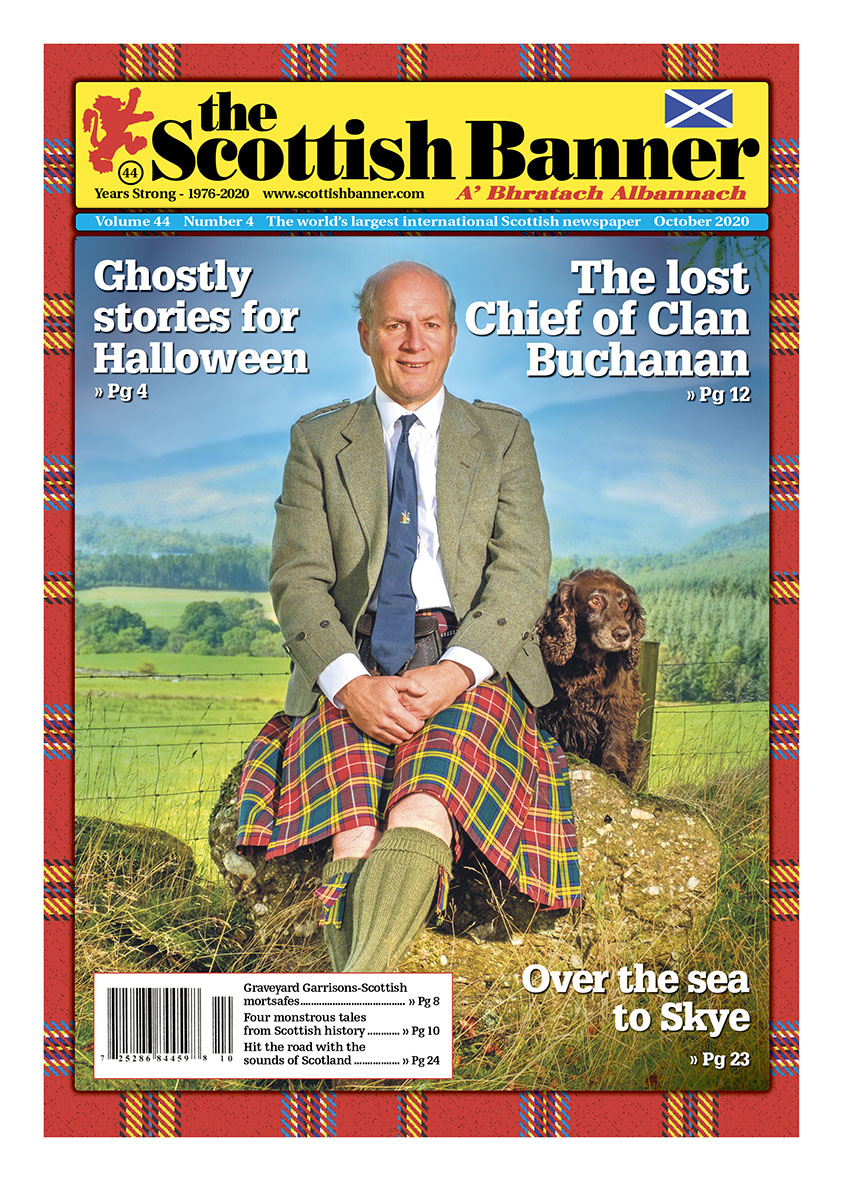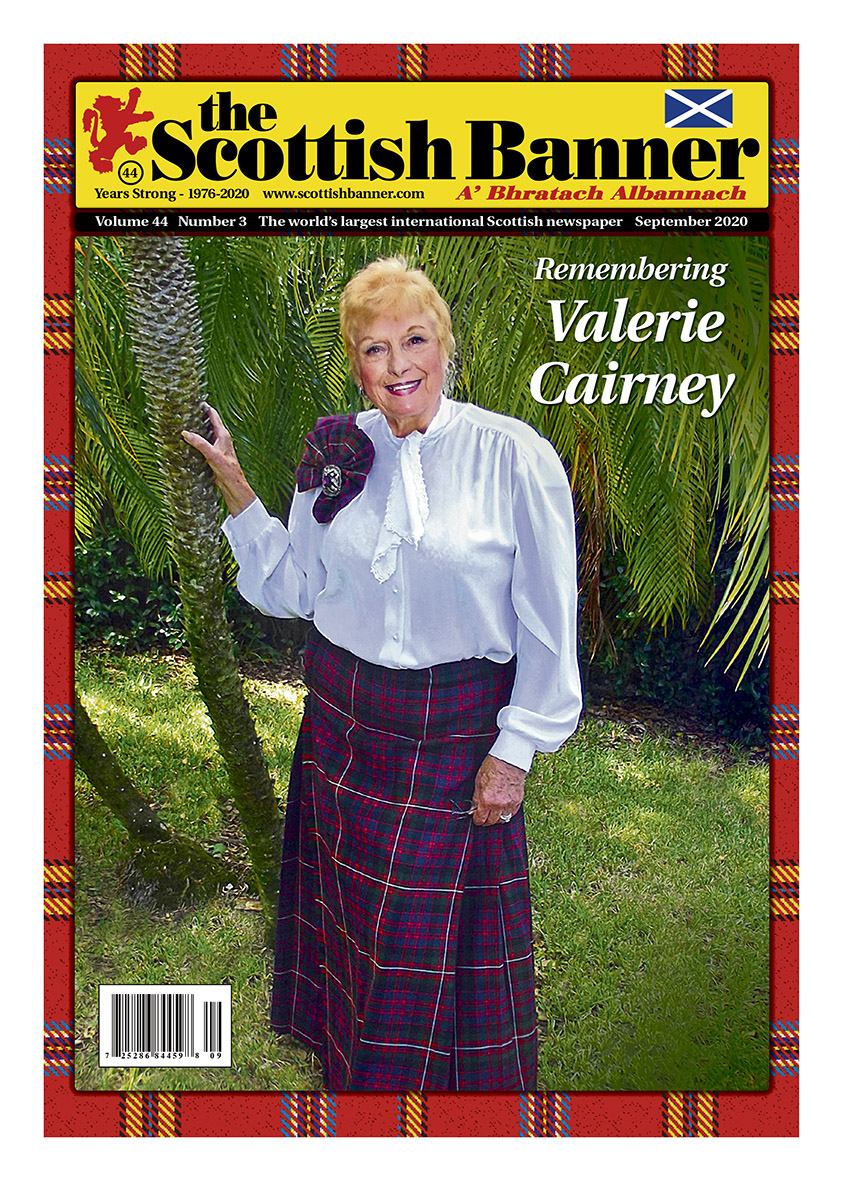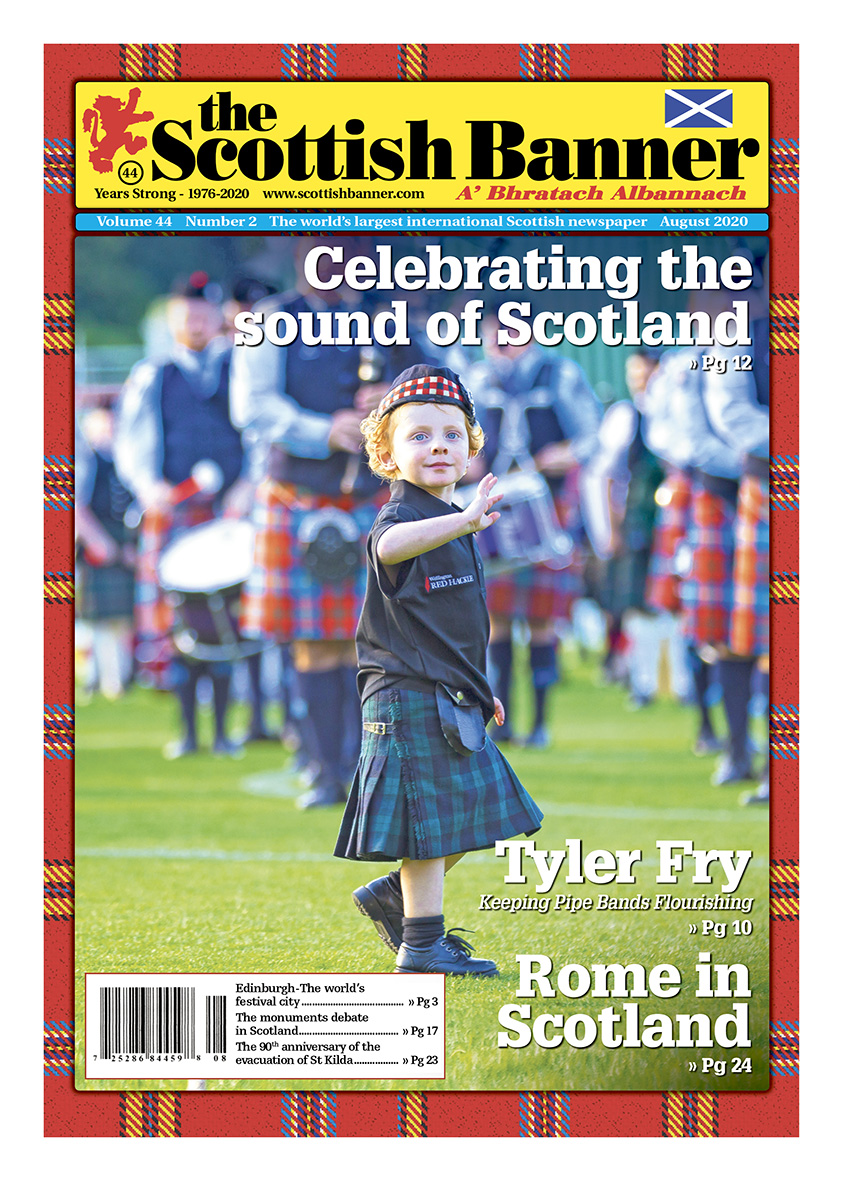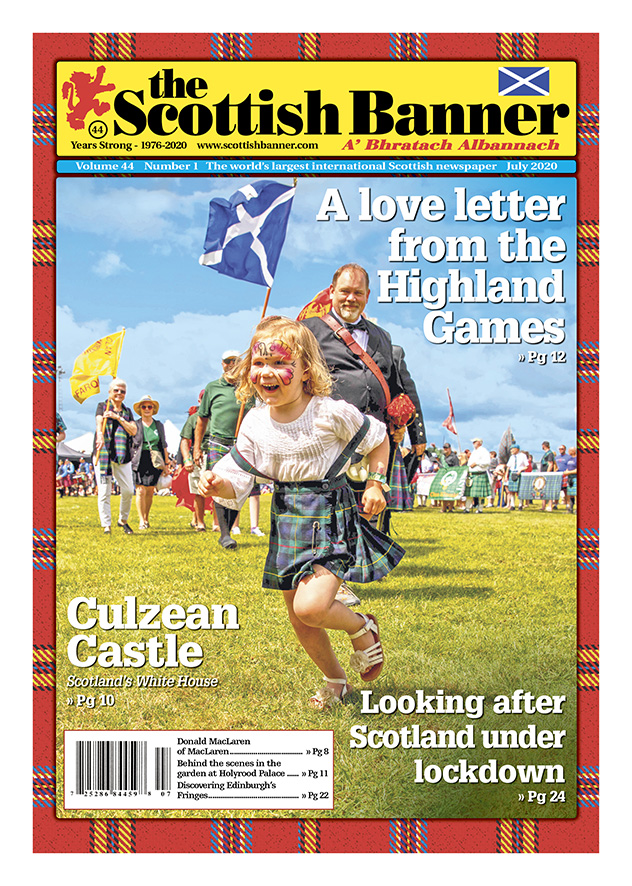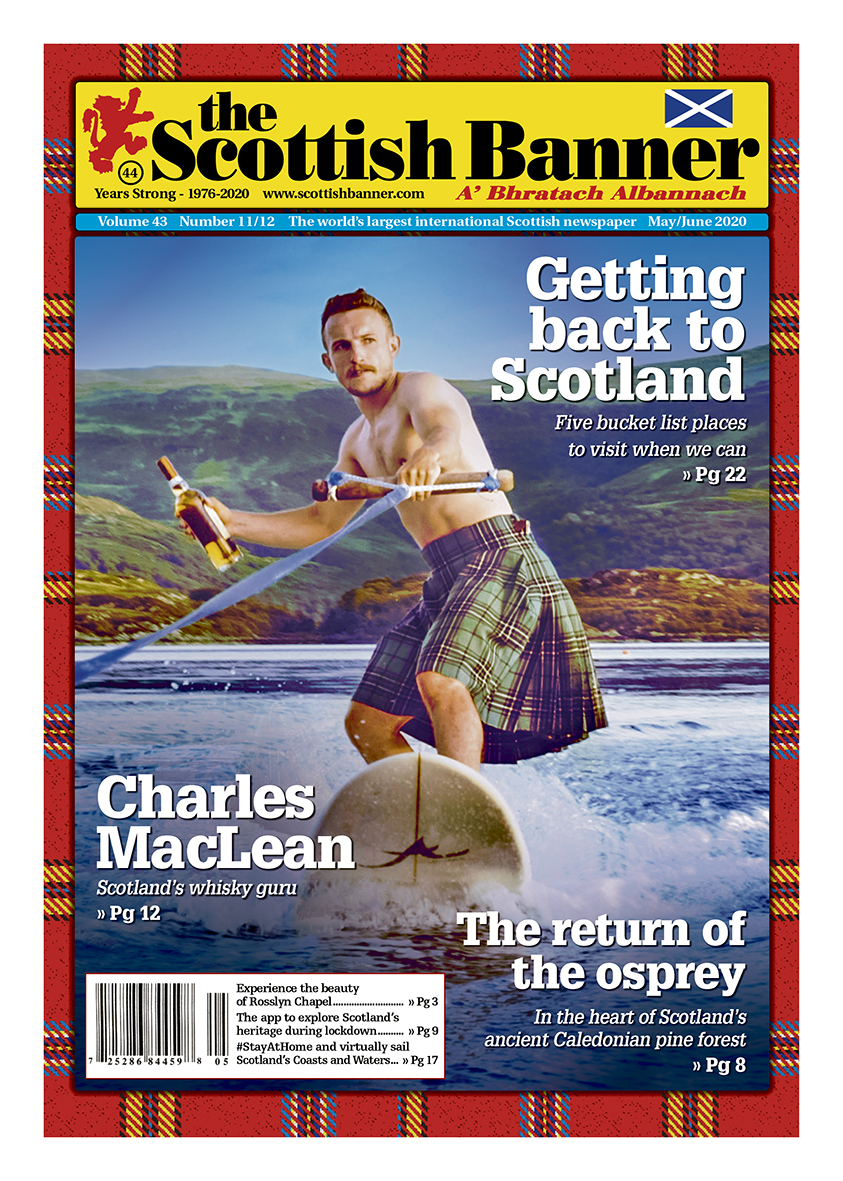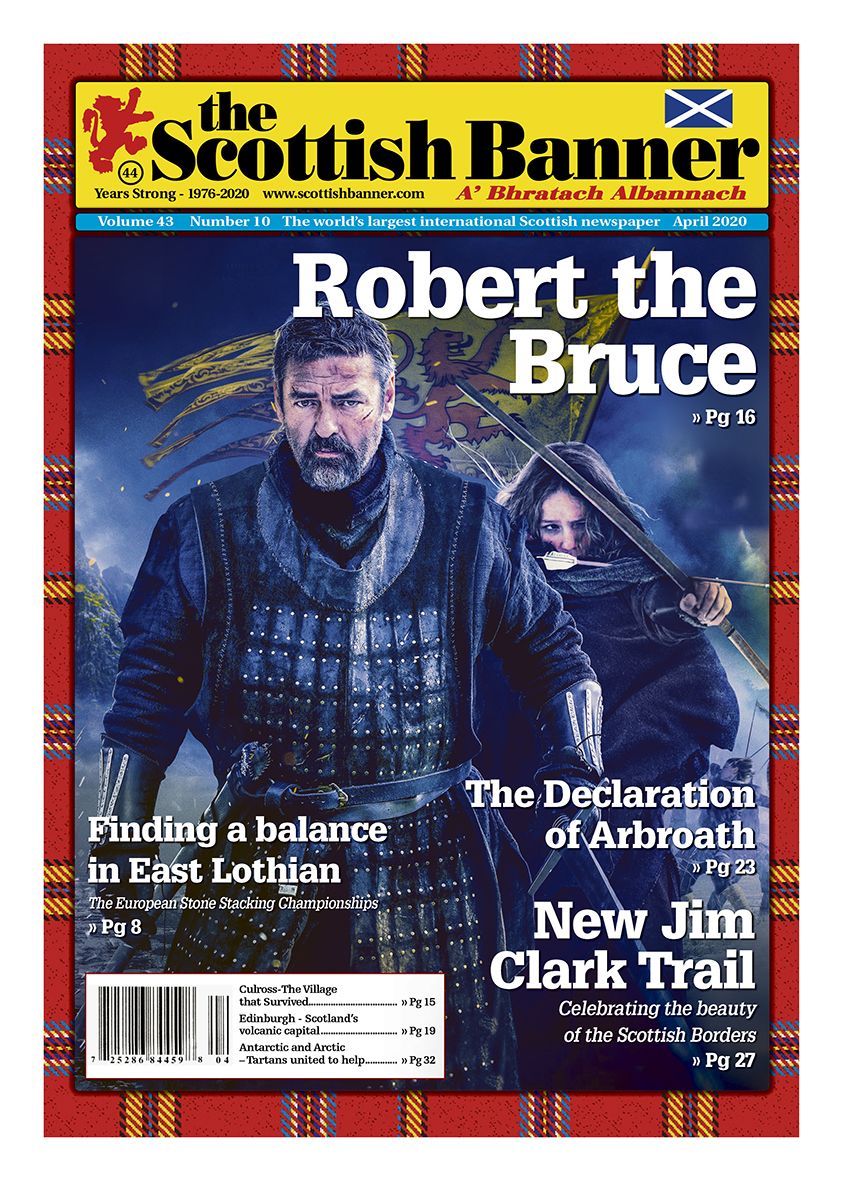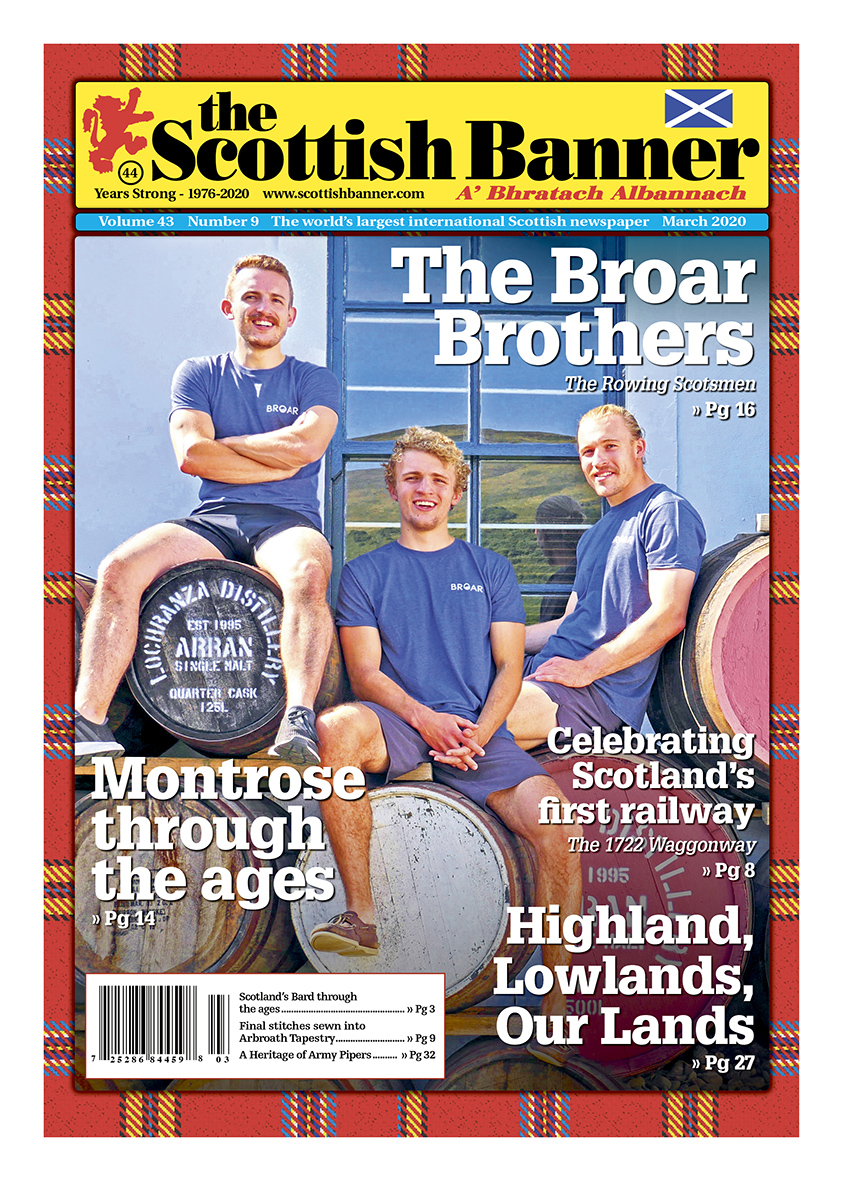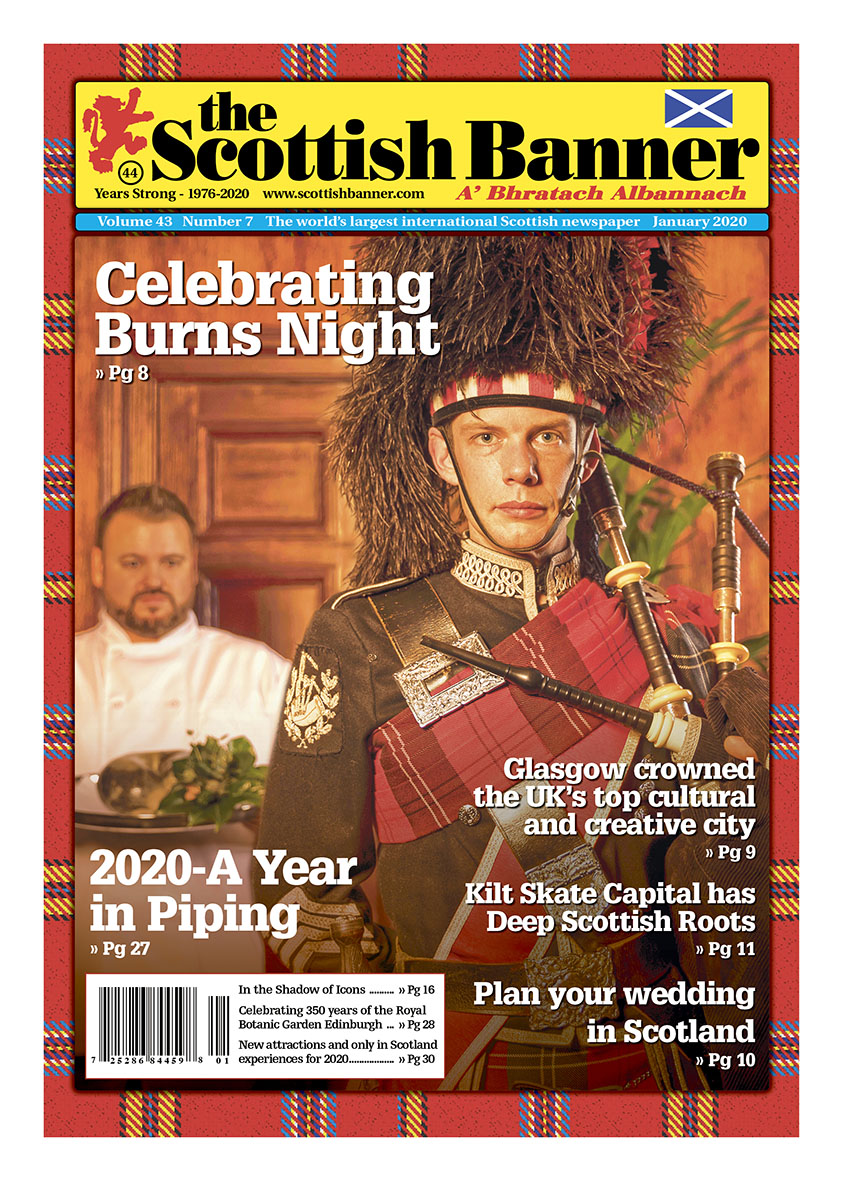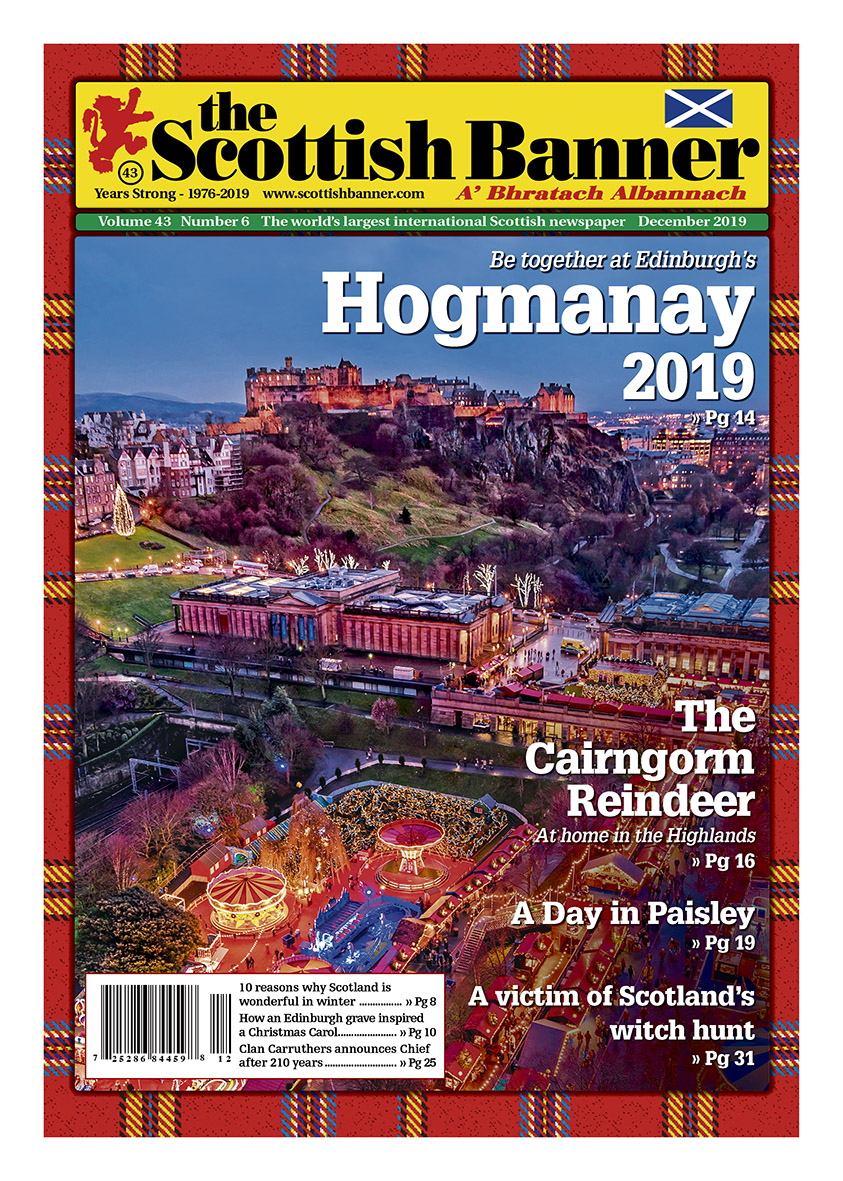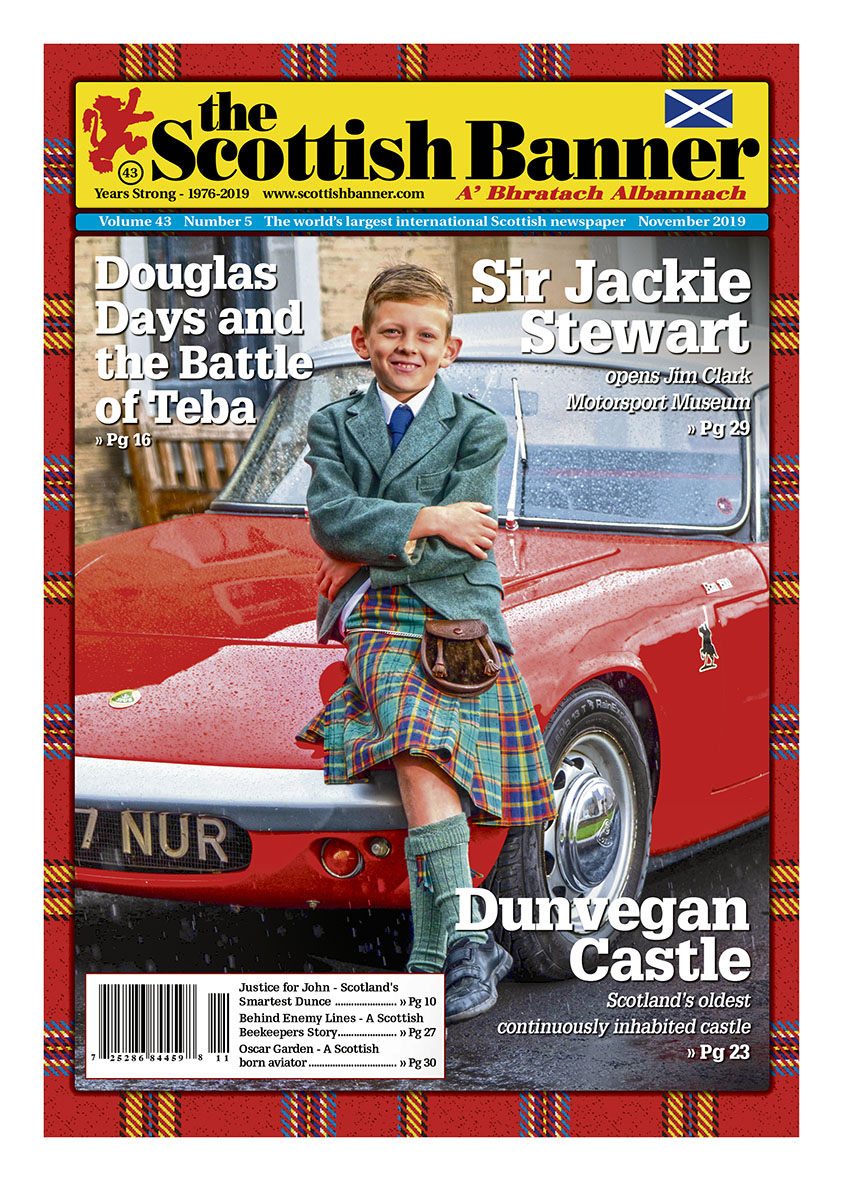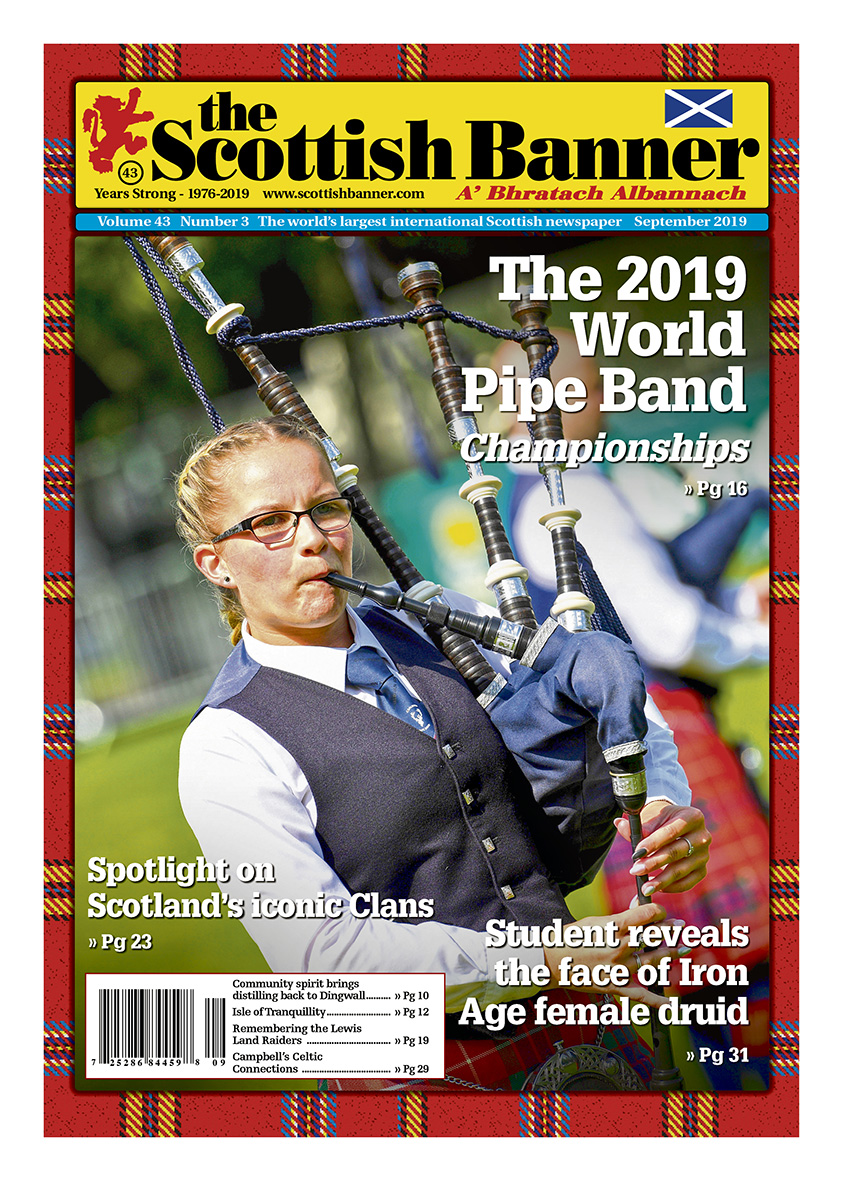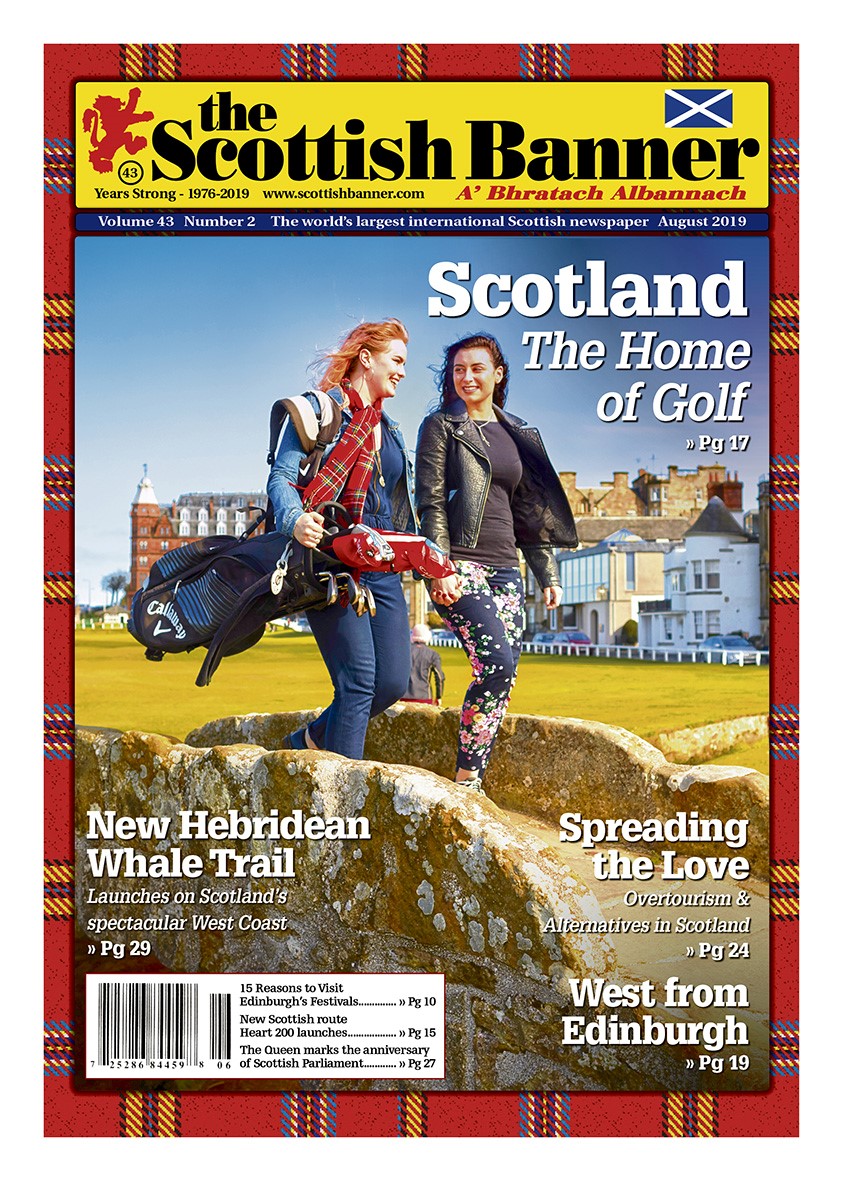April 2021 (Vol. 44, Number 10)
The Banner Says…
A celebration of mythical Scotland
Scotland is a country rich with fascinating stories of
myths, folklore and legends, sometimes just believing a story may be true is half the fun and also strengthens someone’s connection to the land.
Legends are abundant in Scotland from the world famous Loch Ness Monster who became an international superstar for many, the mythical water horse the kelpie which is said to have travelled Scotland’s lochs and rivers, or legend has it that the Irish giant Finn McCool built the Giant’s Causeway between County Antrim and Scotland, so that he could cross the ocean without getting his feet wet and landed at Staffa in the Inner Hebrides.
A powerful animal that never did exist
Whilst these tales do not make up Scotland’s actual history, they weave a part of its story, and no doubt has been discussed, argued, believed, and unbelieved over the decades. However, one mythological facet of Scotland’s story that is very much still not only part of today’s society but can also be seen across the land is Scotland’s national animal-the unicorn.
Whilst England may have the lion, Canada the beaver, Australia the kangaroo, New Zealand the kiwi or the USA the eagle, Scotland has a powerful animal that never did exist but at the same time is across its history and visible at locations across the country.
Unicorns were first used on a Scottish coat of arms in the 12th century by William I (William the Lion) and are thought to represent strength, purity, innocence, power, chivalry and even magical powers. Since then, several monarchs of Scotland used the unicorn in their coat of arms as it represented their power, the unicorn was also found on coins and royal seals, including that of Mary Queen of Scots. Over time, this led to the unicorn becoming officially recognised as Scotland’s national animal.
Finding a unicorn today
Today the Royal Coat of Arms of the United Kingdom still consists of the lion of England on the left and the unicorn of Scotland on the right, whilst The Royal Coat of Arms for Scotland
has them the other way round. Adding to the mystic on both versions of the coat of arms shows the unicorn wrapped in chains, some say as it needs to be chained due to its power and danger, while others say it is a symbol of Scotland being oppressed.
Have you ever seen a unicorn? Unlikely just has those in the 12th century never really saw one, but clearly revered them and held them in incredibly high regard. You can however see over 100 unicorns in different locations across Scotland today. A variety of the nation’s historical sites have remnants of unicorns literally carved into their amazing stories. Just some of the incredible sites you can have a unicorn visit include Stirling Castle, the Palace of Holyroodhouse, Edinburgh Castle, St Giles’ Cathedral and the Royal Mile in Edinburgh, St Andrews University, Linlithgow Palace, on one of the world’s oldest ships the HMS Unicorn in Dundee, and not to forget at the several mercat cross, or market cross, squares where community markets and events took place across Scotland.
In this issue
On 16 April 1746, the final Jacobite Rising came to a brutal head in one of the most harrowing battles in British history. The last pitched battle on British soil lasted less than an hour, but it has continued to hold significance in Scottish history. Culloden took place 275 years ago this month and we look back on this event and how it changed Scotland. I have stood on the battleground as winds swept across my back and thought about what being part of that day would have been like, it is both an eerie and spiritual place and one that should be visited and
remembered.
Anyone lucky enough to visit Scotland’s islands will well know of the extraordinary beauty and tranquility they hold. From Iona to Orkney to Skye, the isles of Scotland each hold their own unique appeal and tradition. However, as islands, especially during the summer, can be bursting with transient tourists they continue to struggle to keep long term residents on their shores as property prices skyrocket and employment opportunities fall. Whether you are a visitor or a born and bred islander there is real sense of being a castaway amongst paradise.
It is not just unicorns that tell a story across Scotland. Carved in historical sites across the country are scenes of Scotland’s past. From castles to cathedrals hidden meanings can be found at a variety of historic sites and each wall really can tell a tale of the past. Uncovering the meanings of Scotland’s architecture can be fascinating to learn and reminds us all to look closely at these historic sites as there are hidden tales to be told.
National symbol for Scots
April 9th happens to be National Unicorn Day across the globe, which celebrates the mythological animal. However, in Scotland the unicorn is more than that, it has been an important national symbol for Scots for hundreds of years. You will find the unicorn in statues, stonework, flags and tapestries across Caledonia.
The fact Scotland has a powerful mythical unicorn as its national animal, is a great source of pride for many Scots. Today that mythical horned creature continues to be a symbol of resilience, independence and strength and I know on my next visit to Scotland I will certainly be looking out for a unicorn on my travels with admiration and respect.
Have you found any unicorn symbols in your Scottish travels? Have you visited Culloden Moor? Do you have you any comments from the content in this month’s edition? Share your story with us by email, post, social media or at: www.scottishbanner.com/contact-us
#ScottishBanner, #TheBanner
Covid-19 is having a major impact on many of our regular advertisers, with events being cancelled and businesses suffering. The Scottish Banner is more reliant than ever on our readers helping us to provide you with our unique content by buying a copy of our publication, regardless if by print or digital subscription or at a retail outlet.
We appreciate your support and hope you enjoy this edition.

